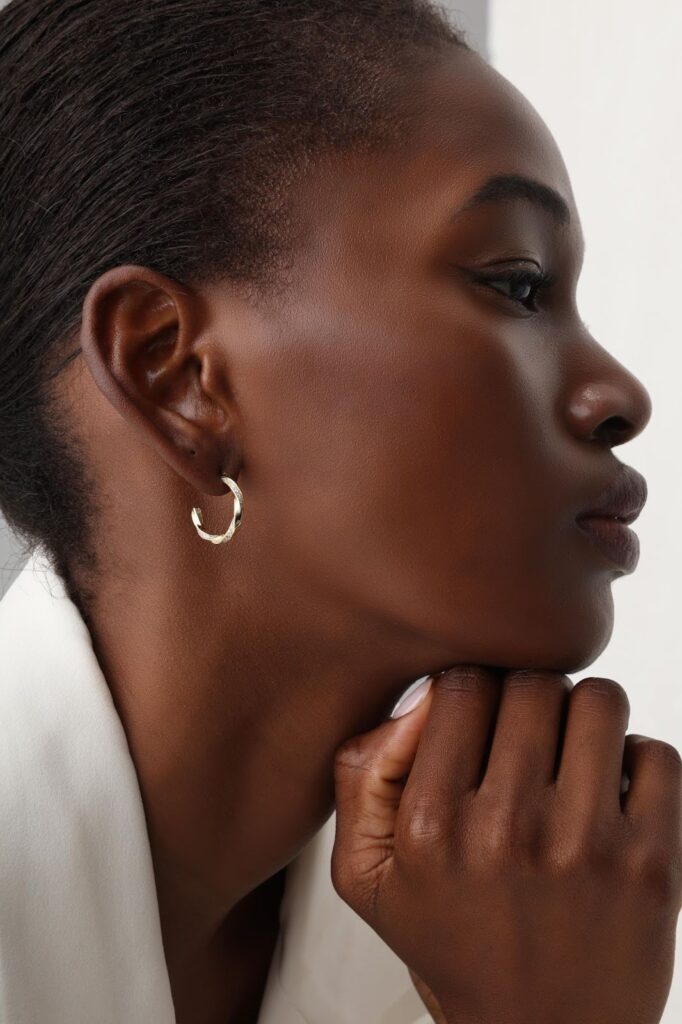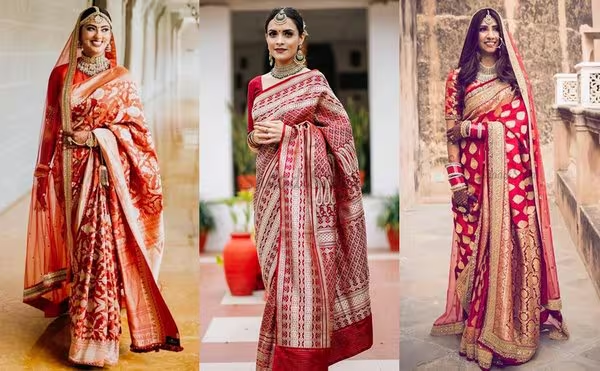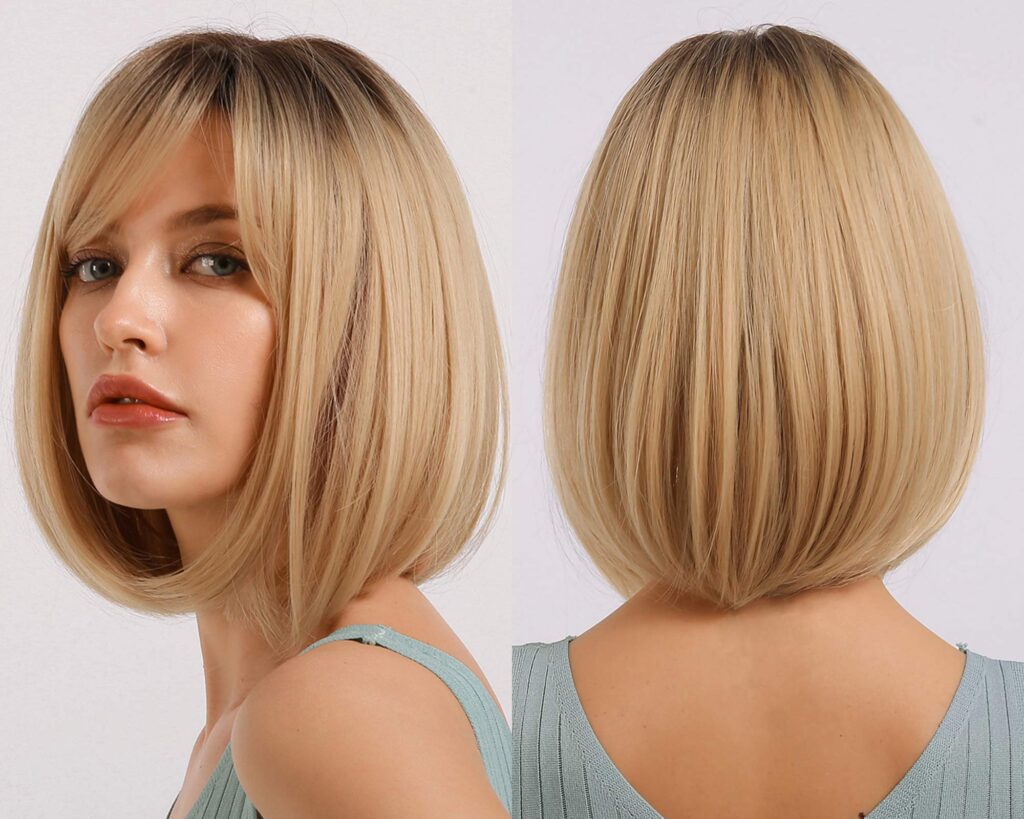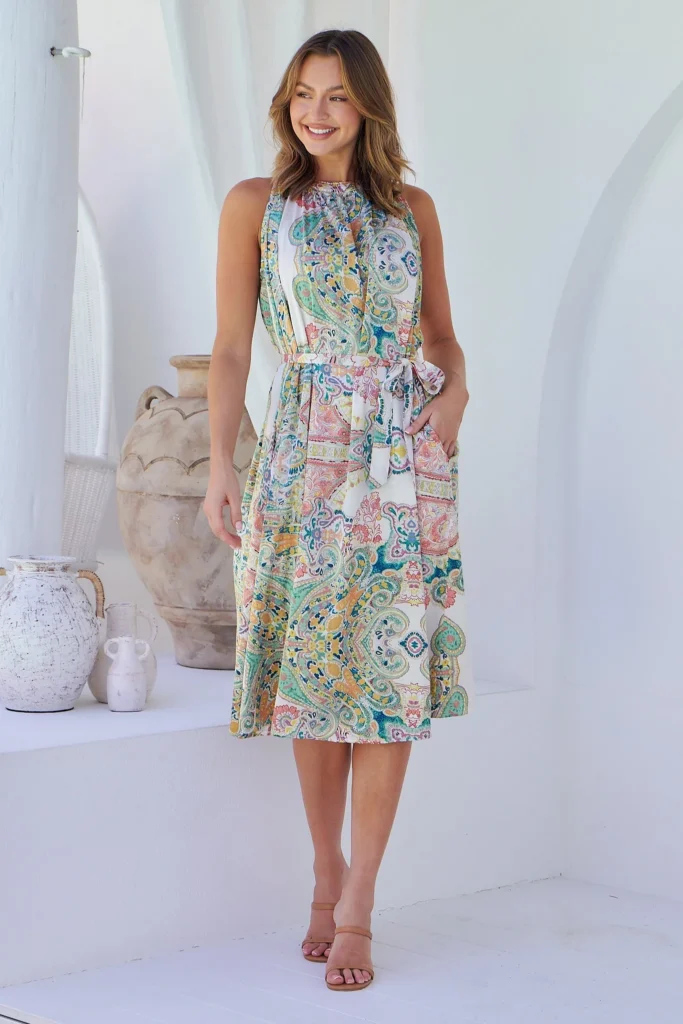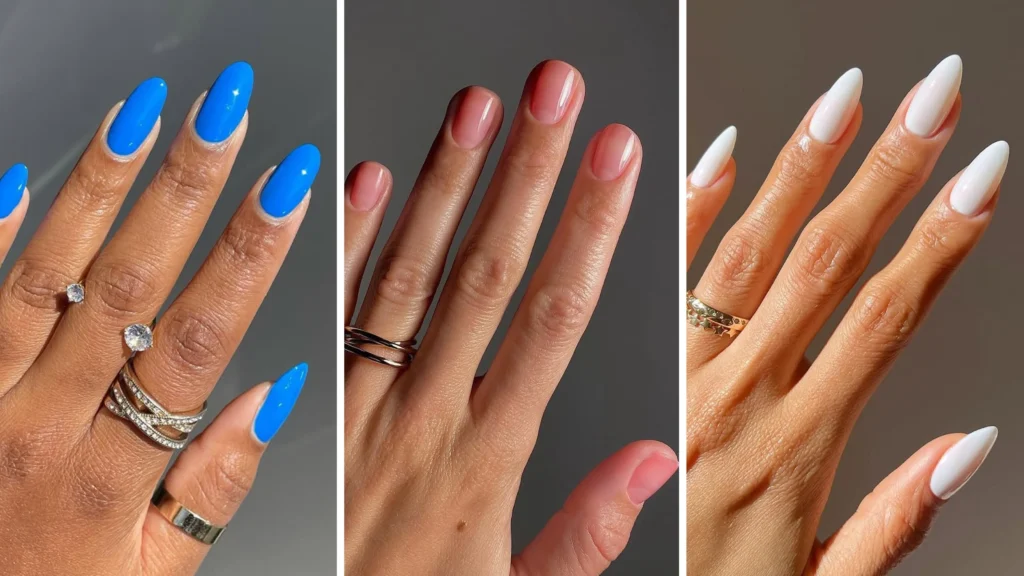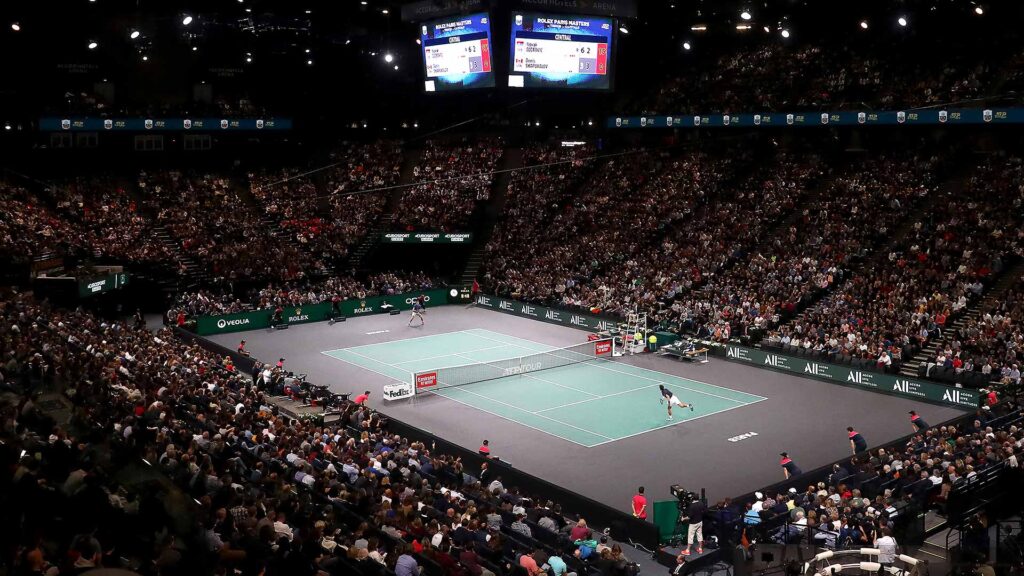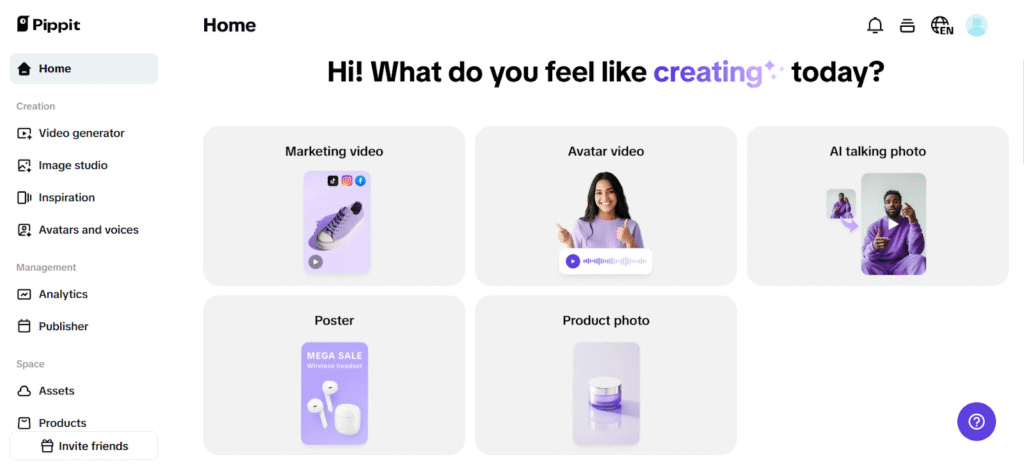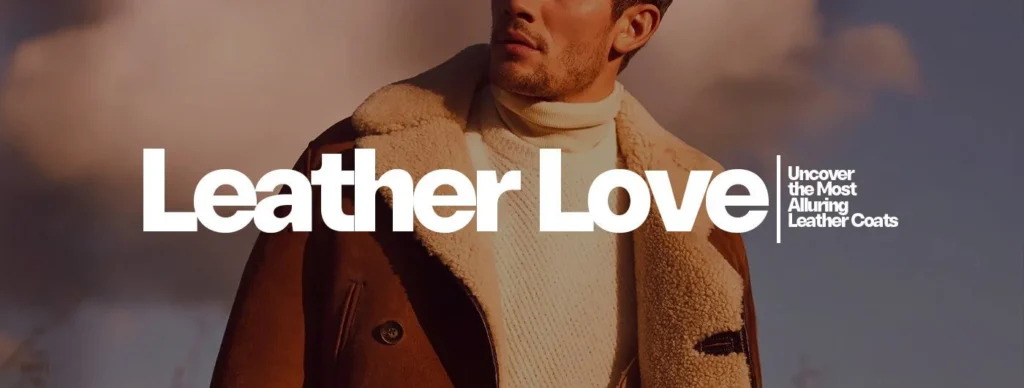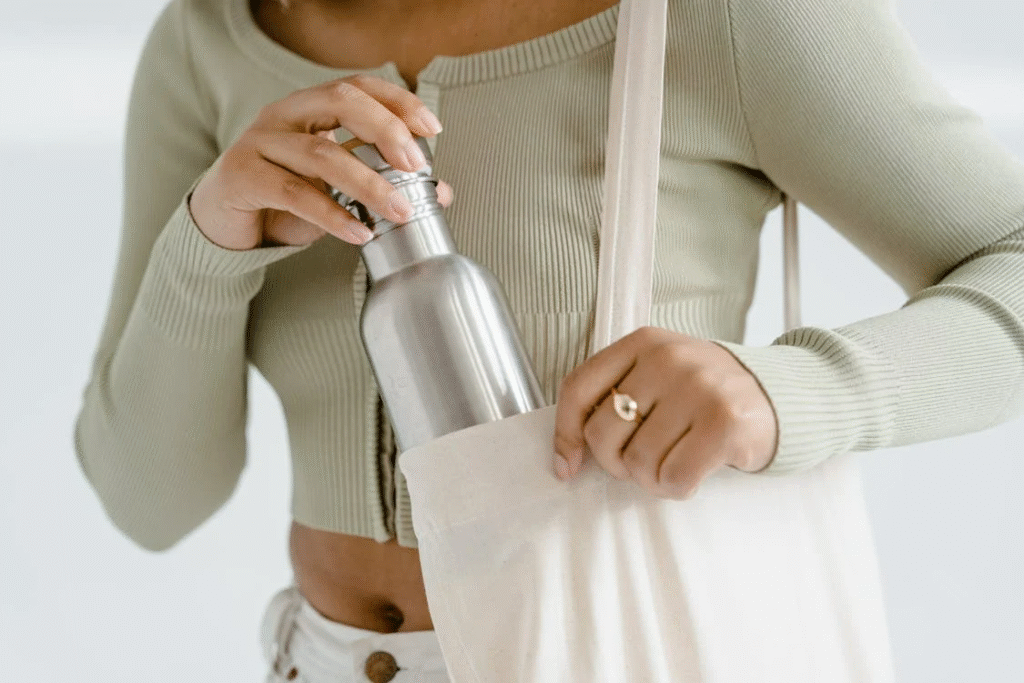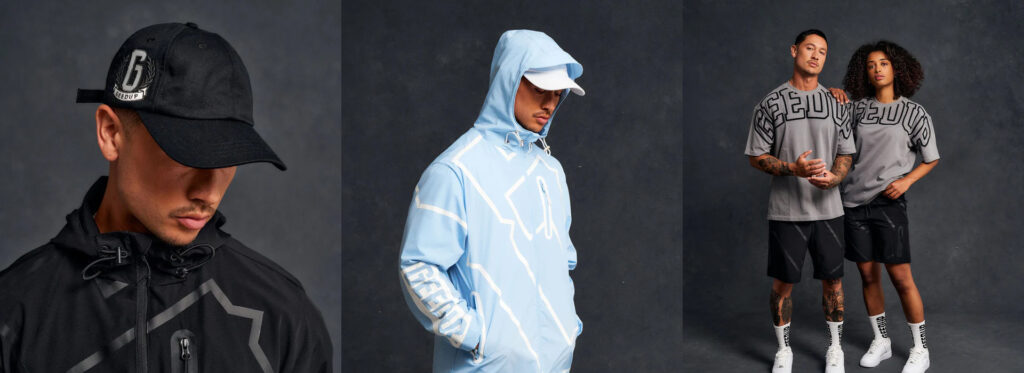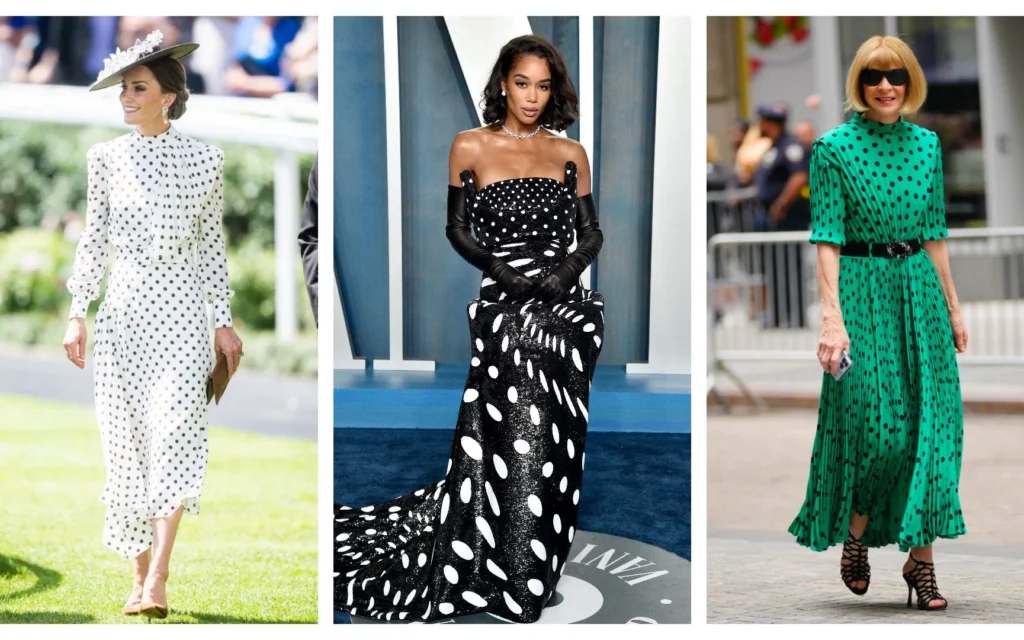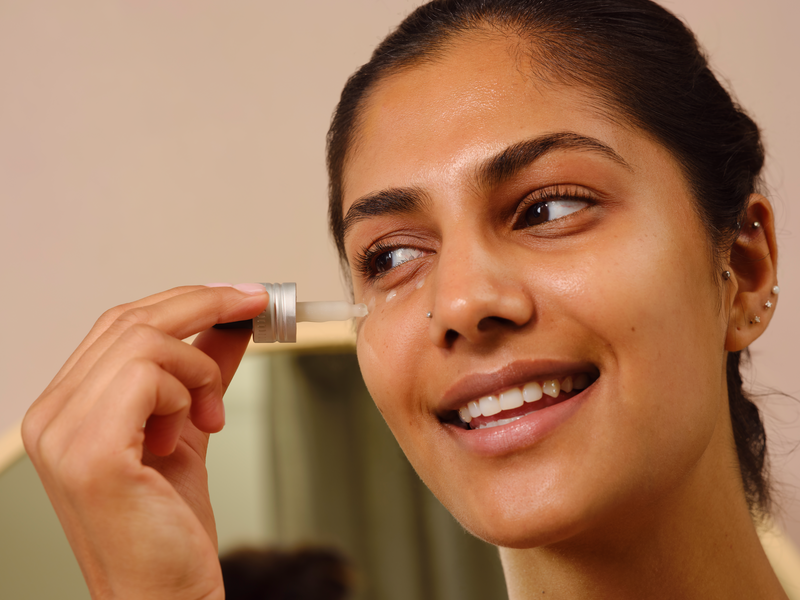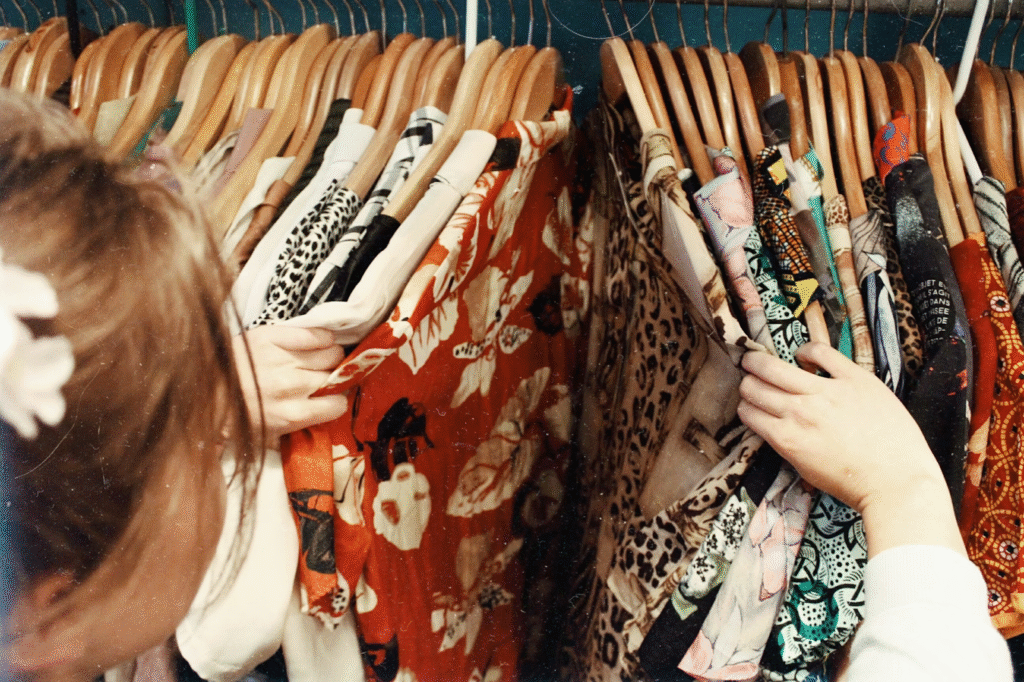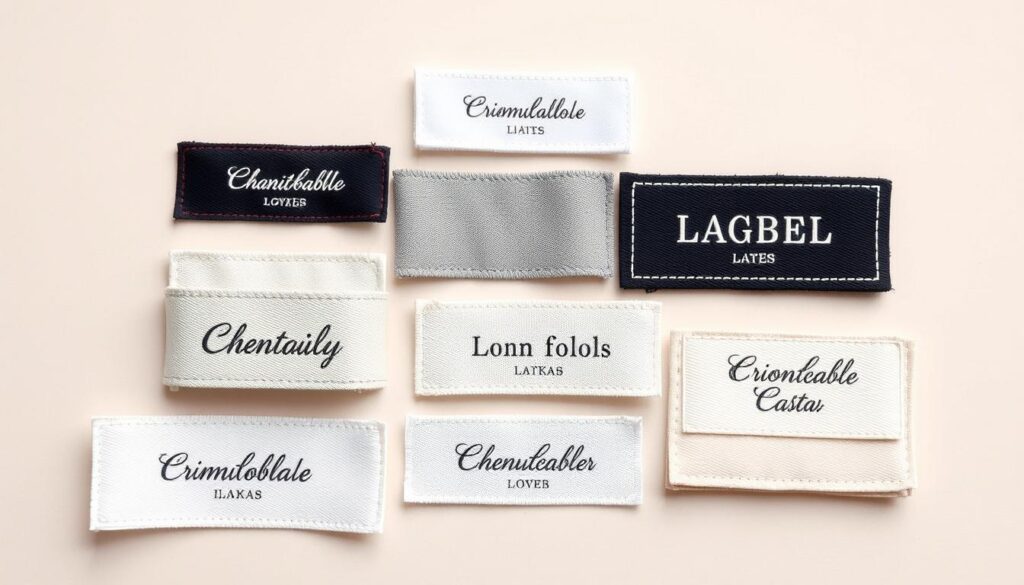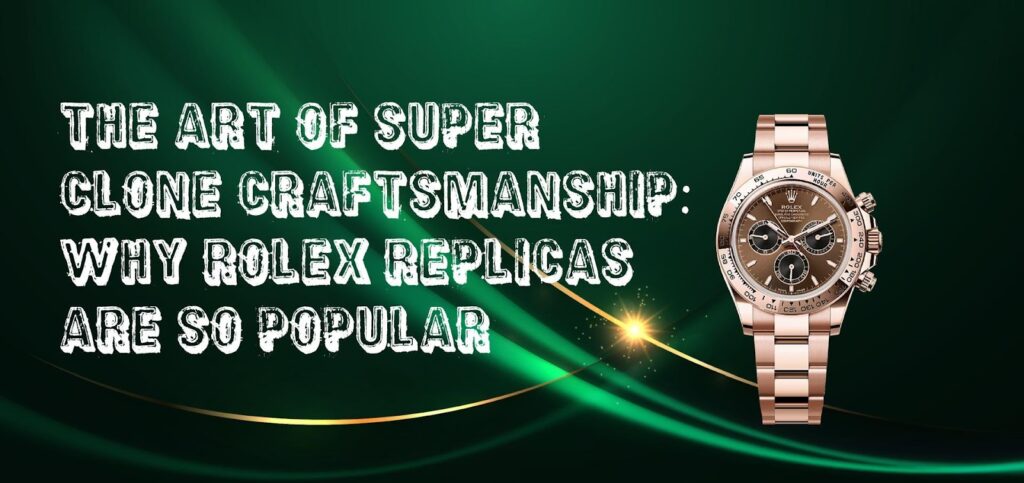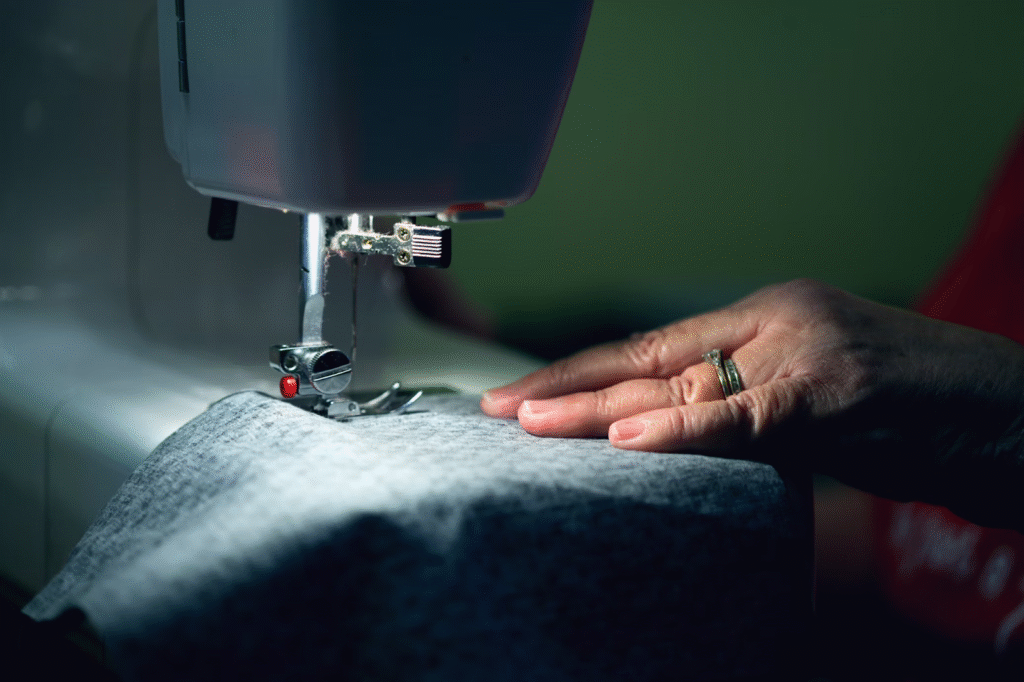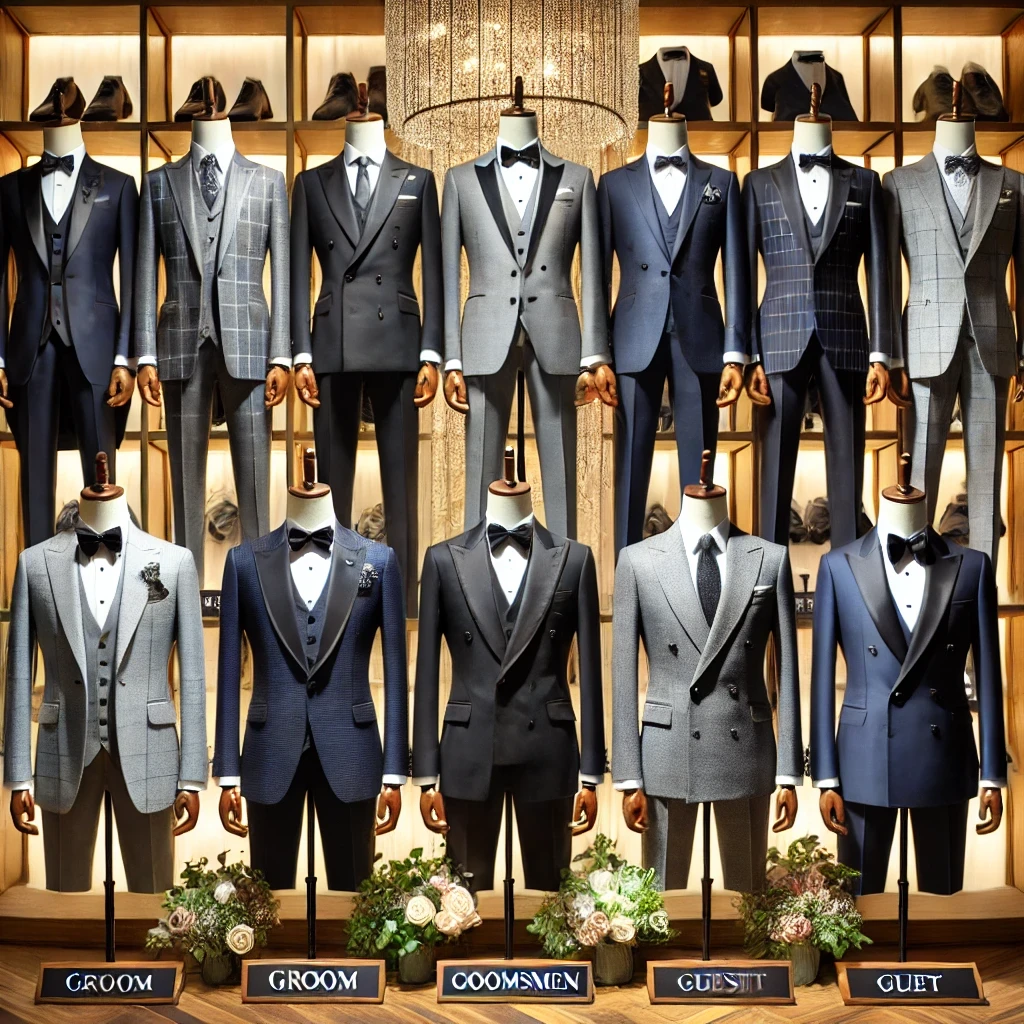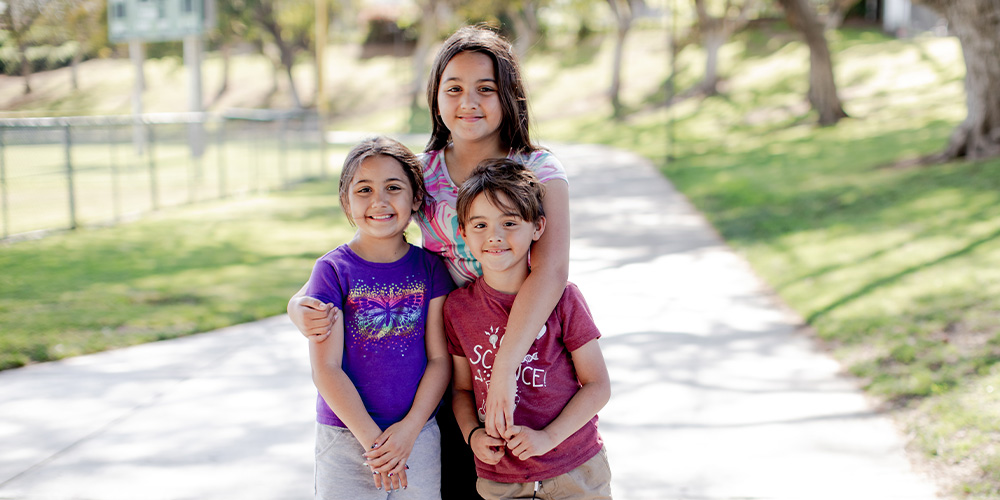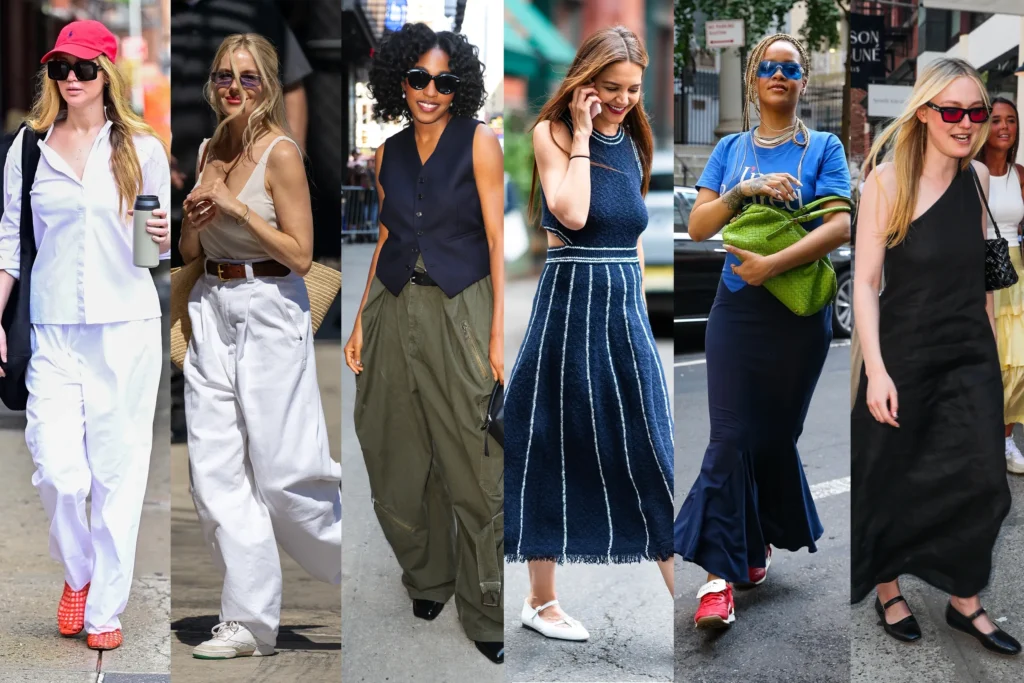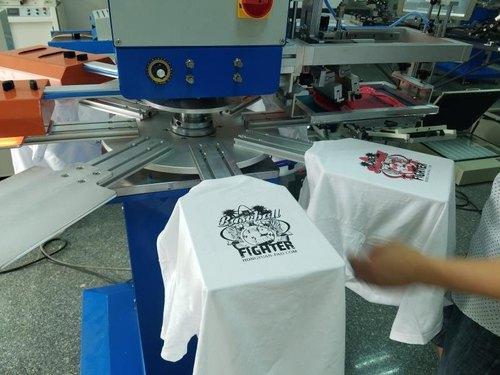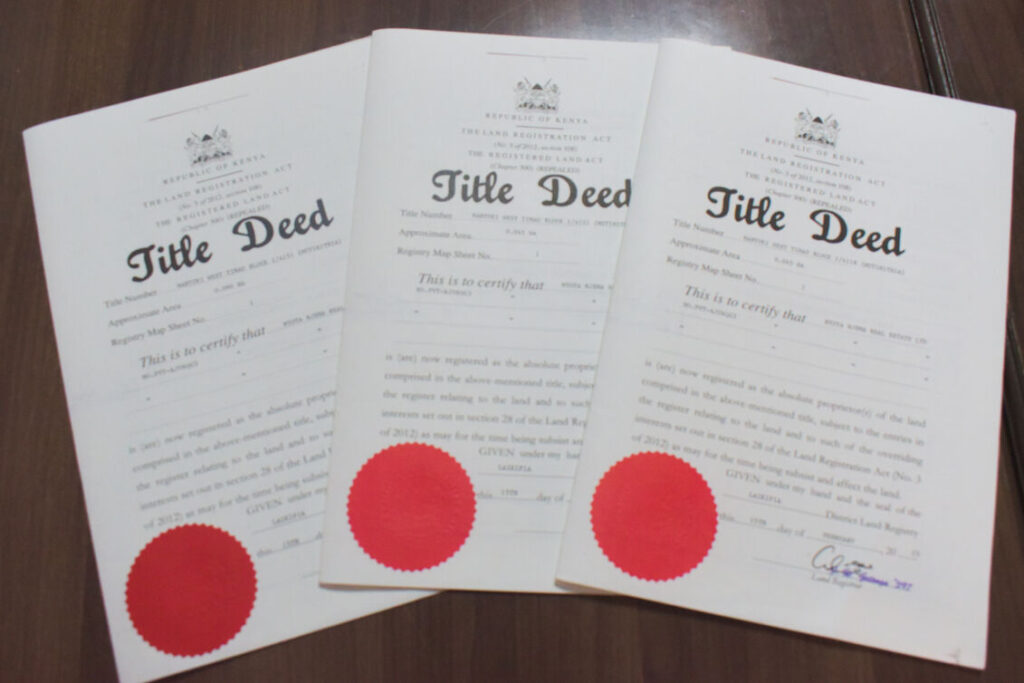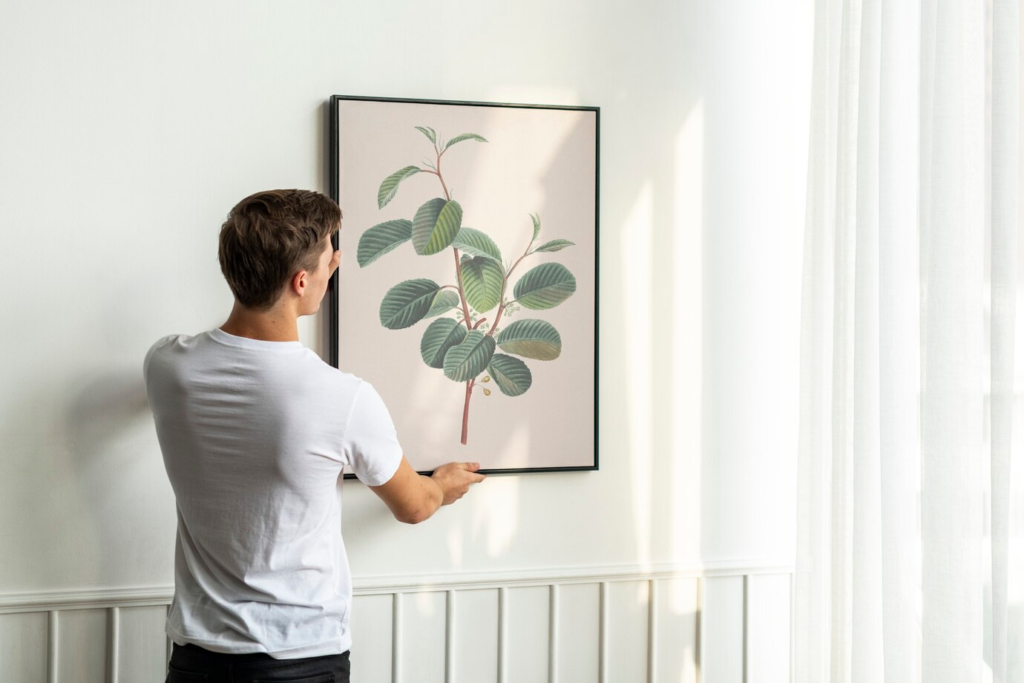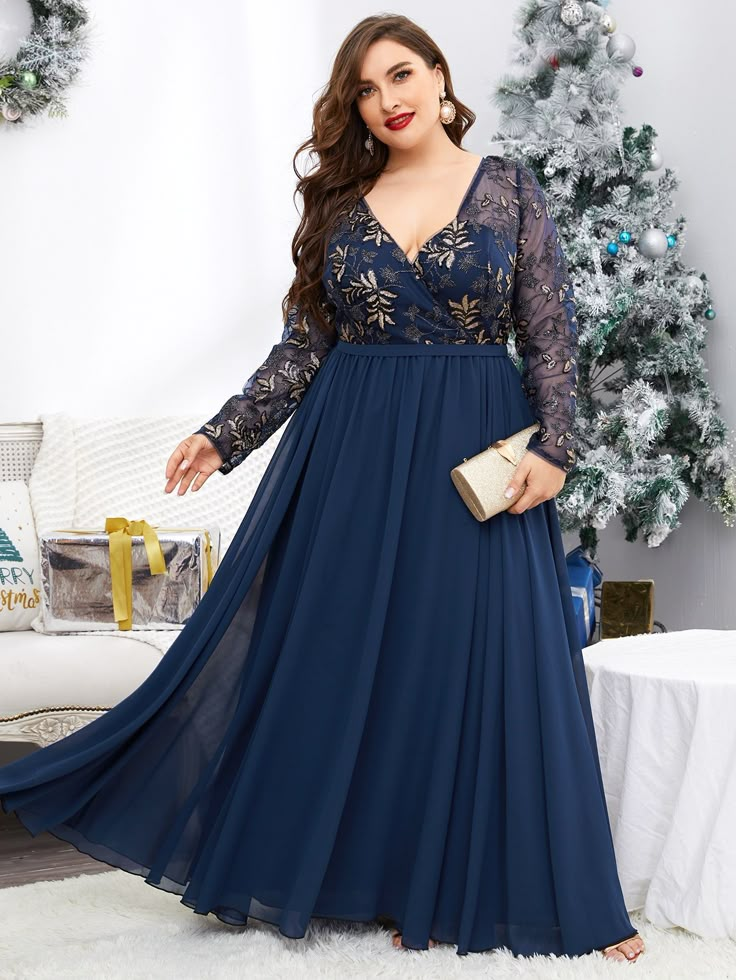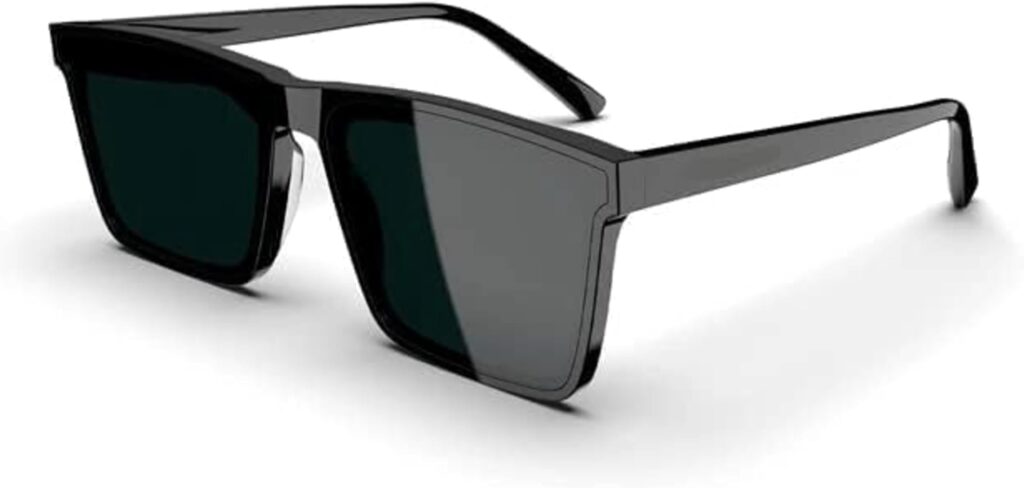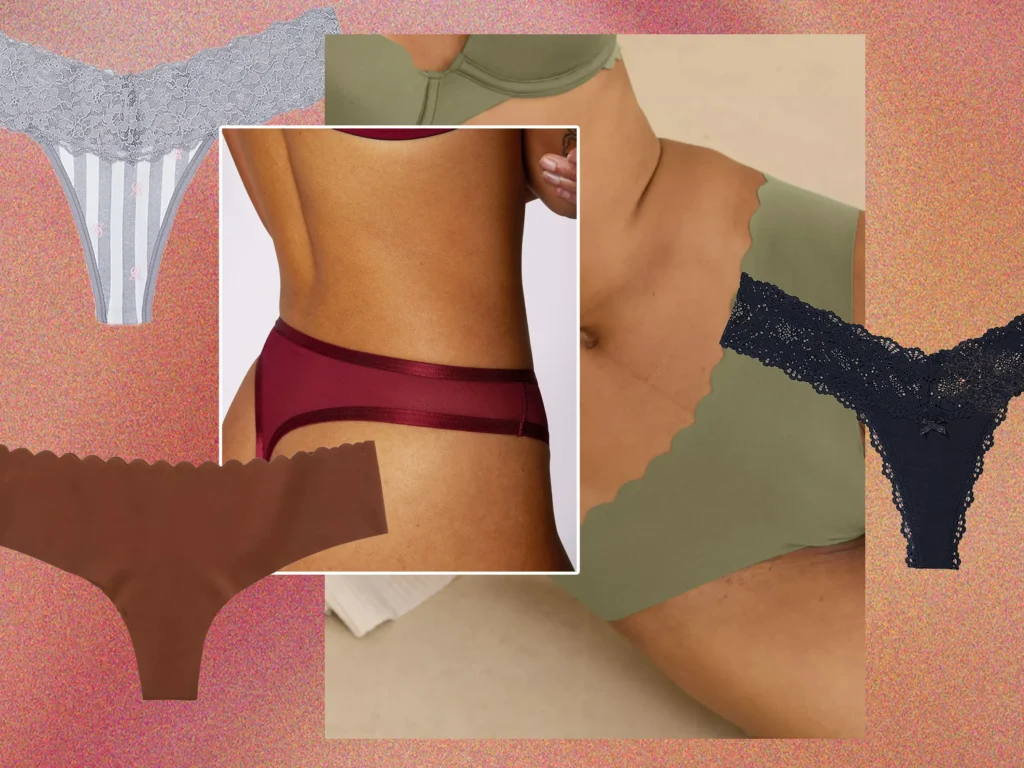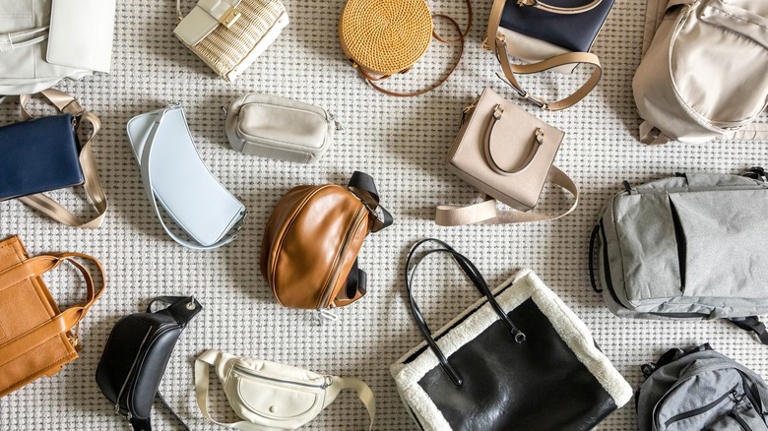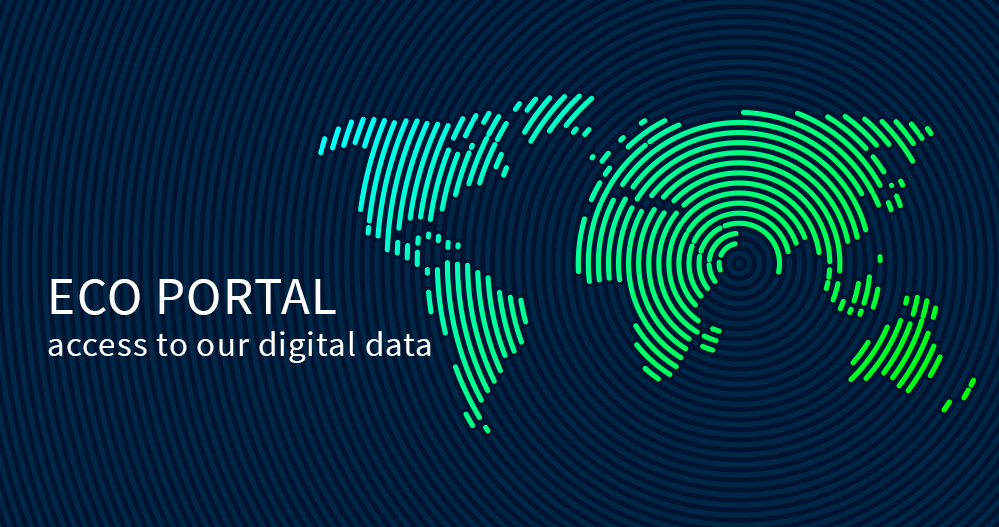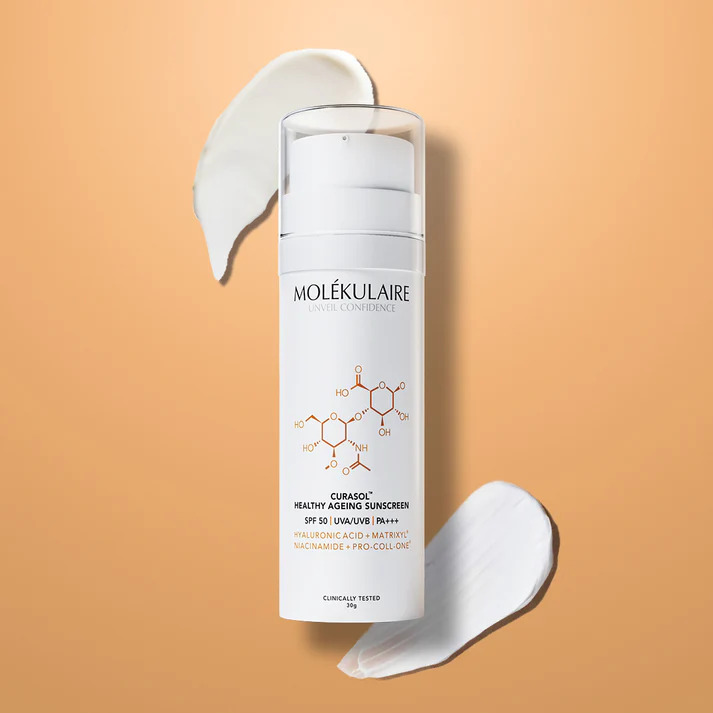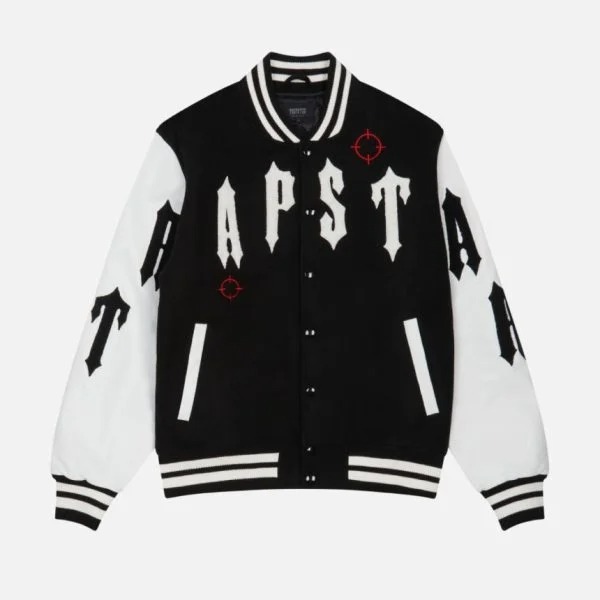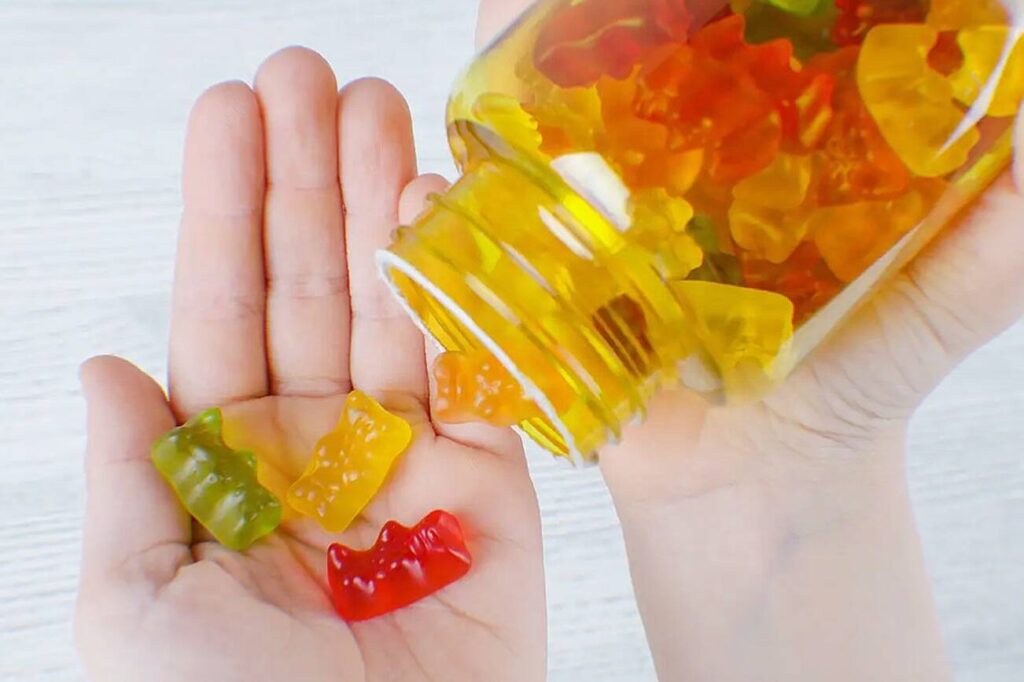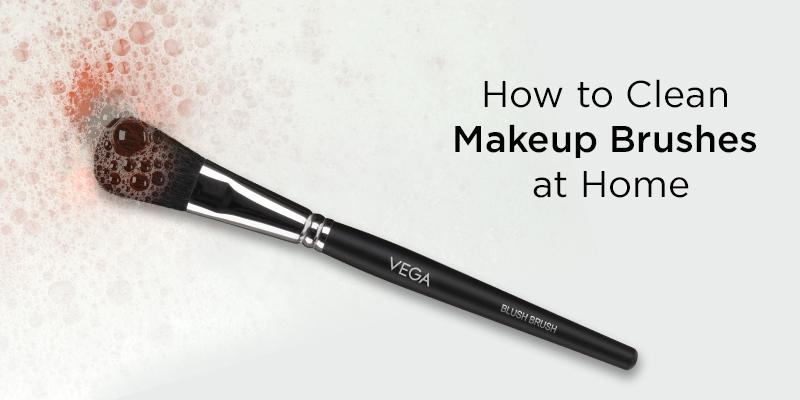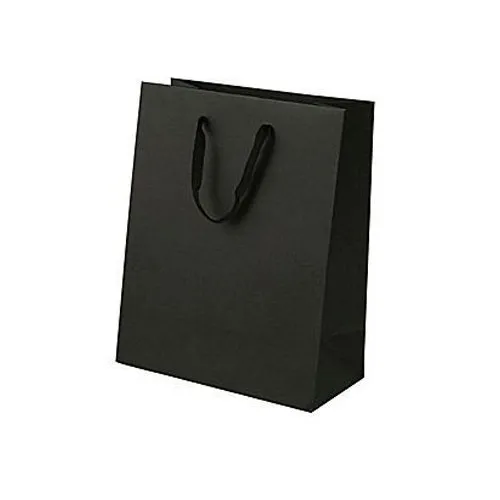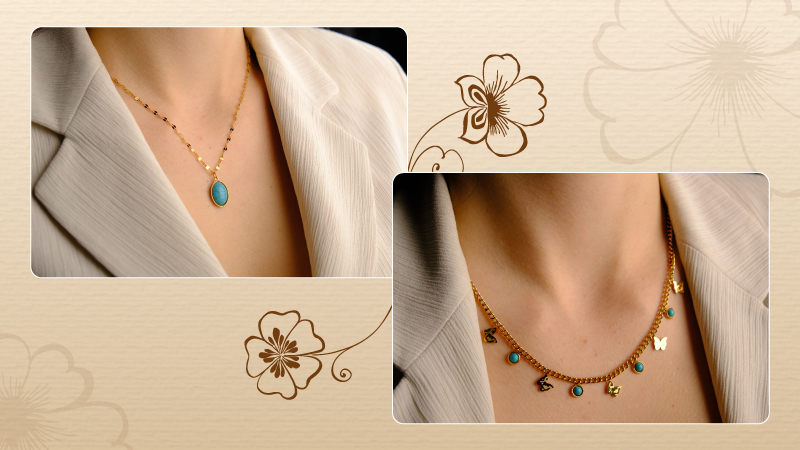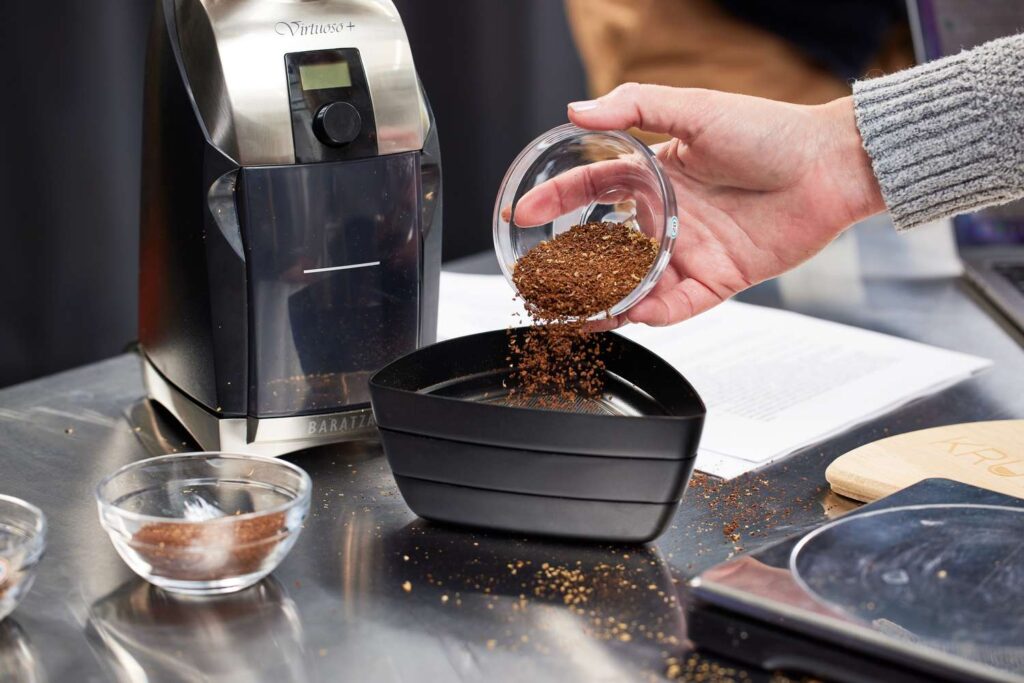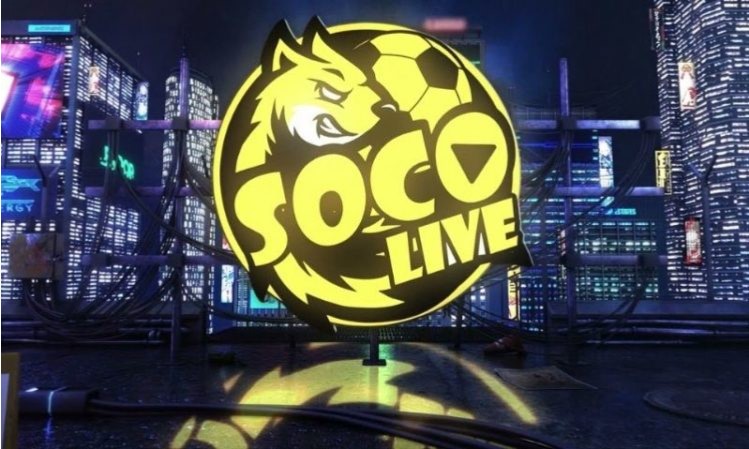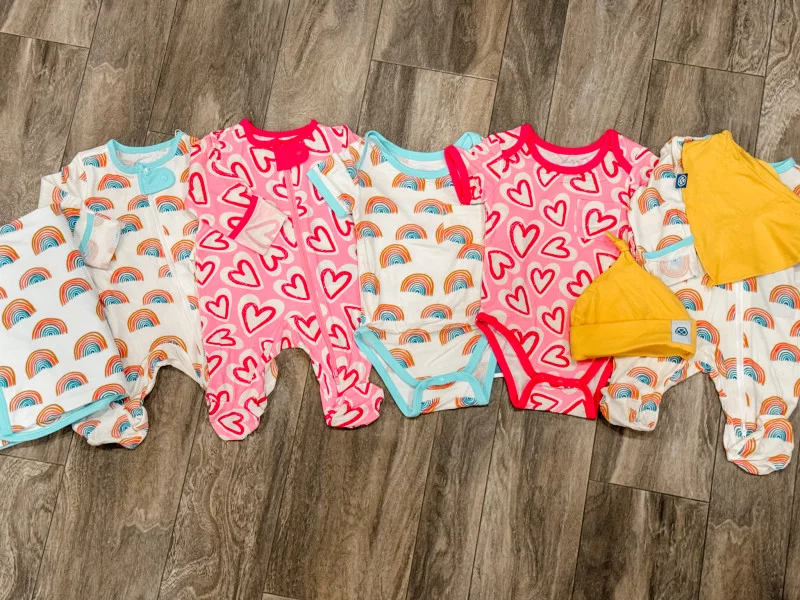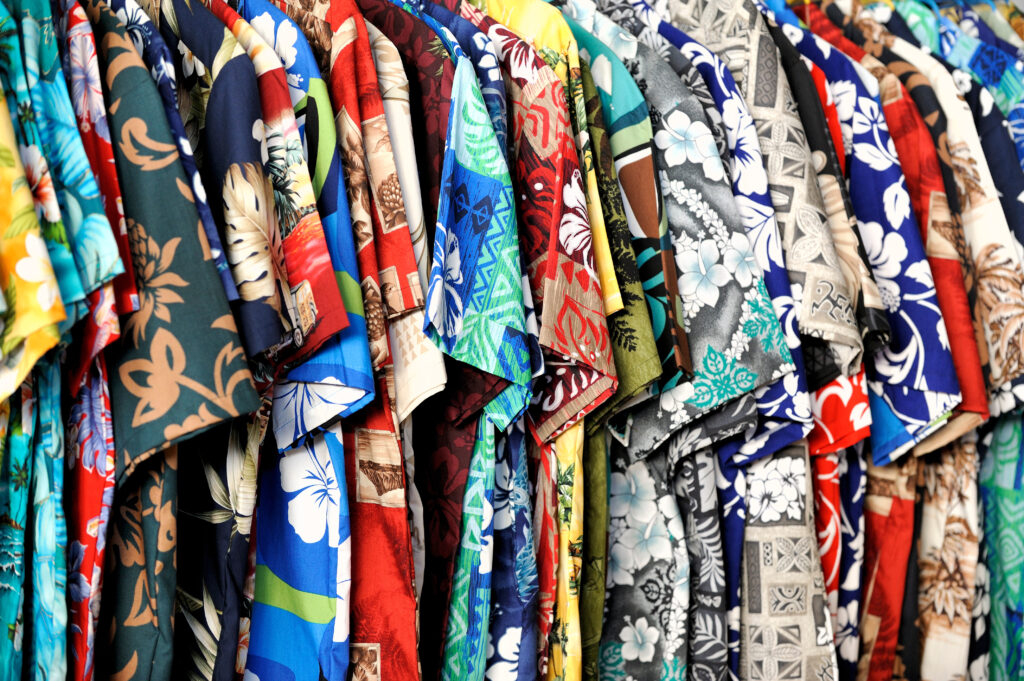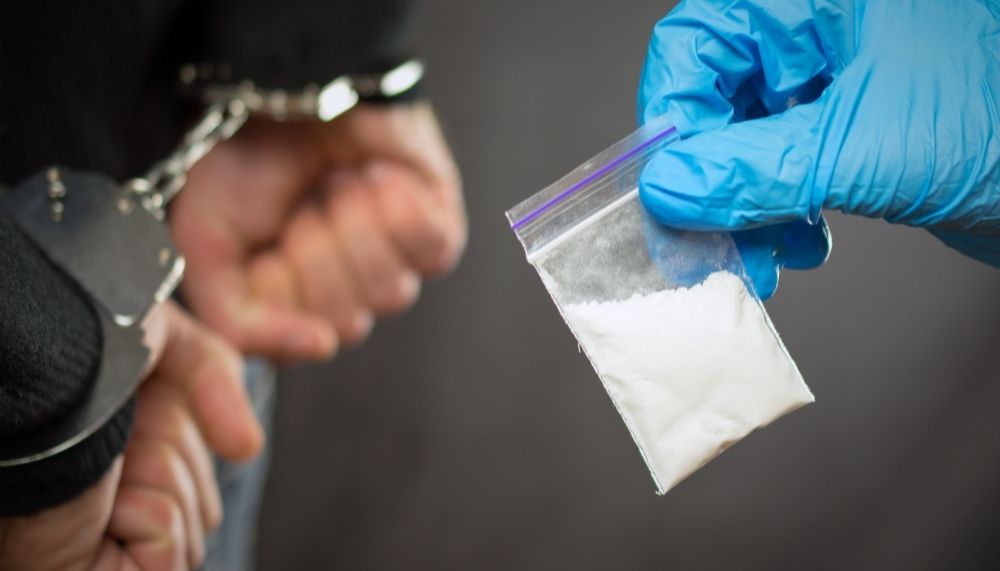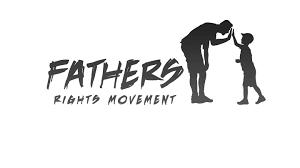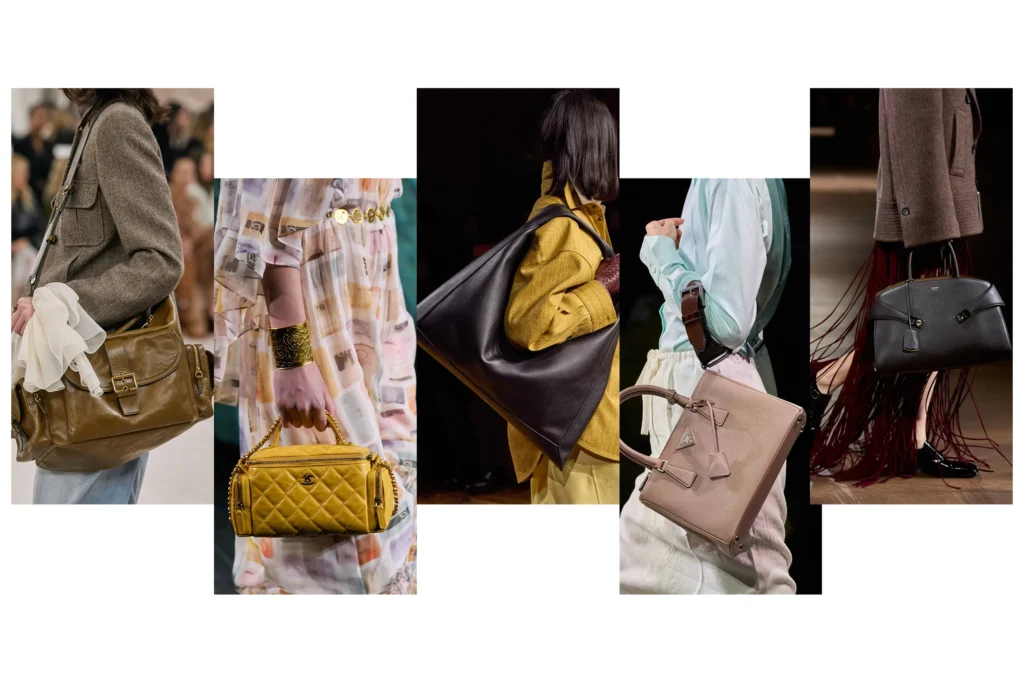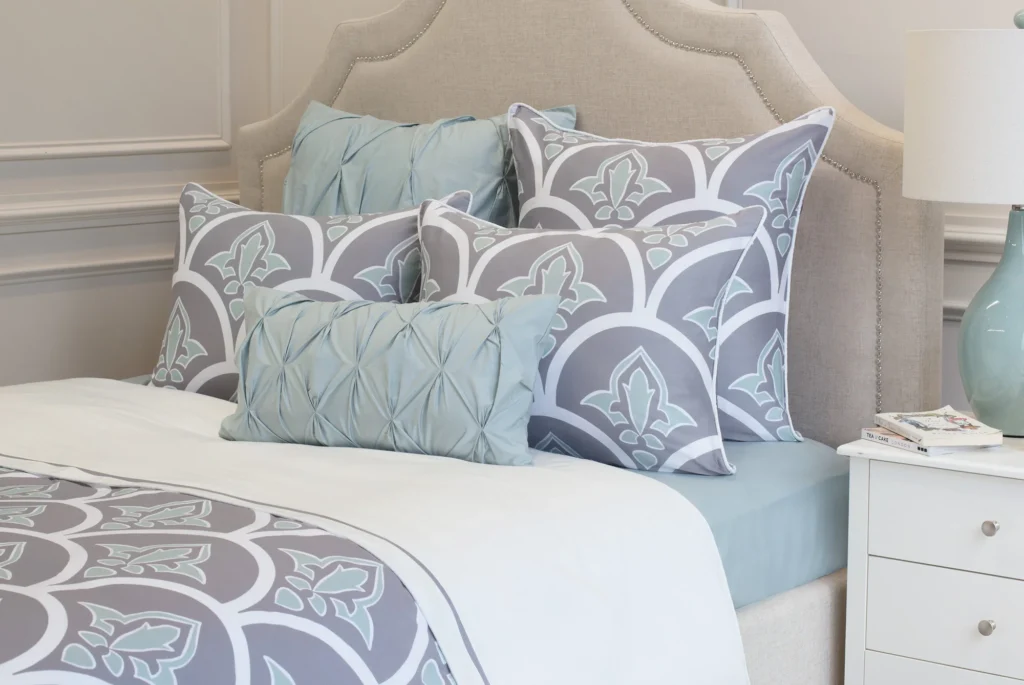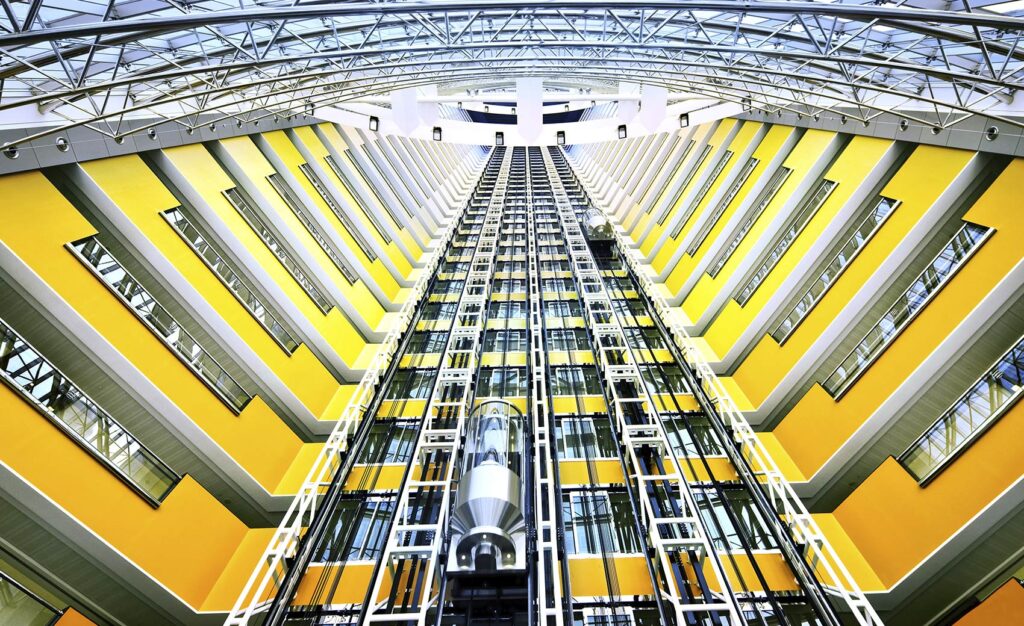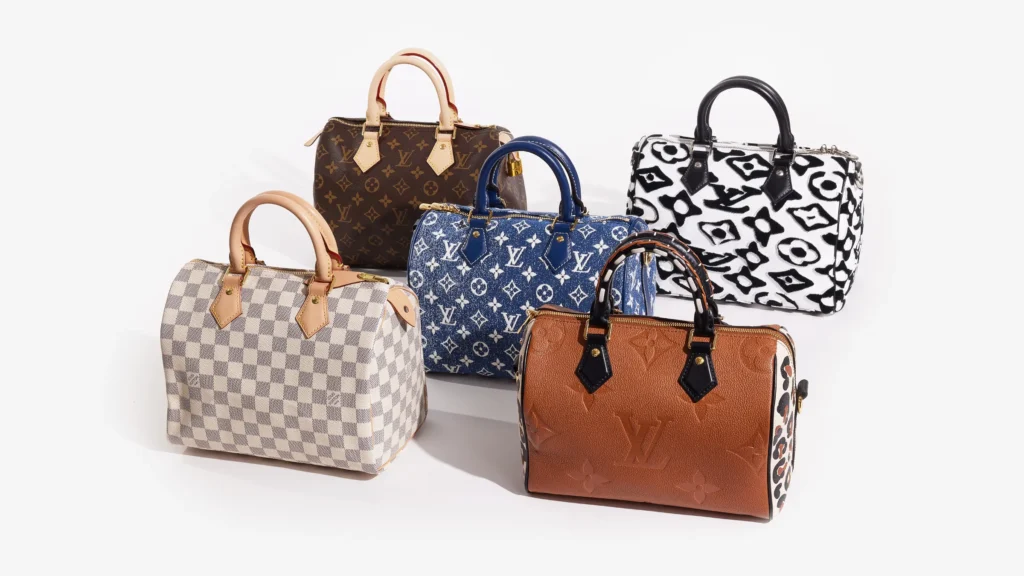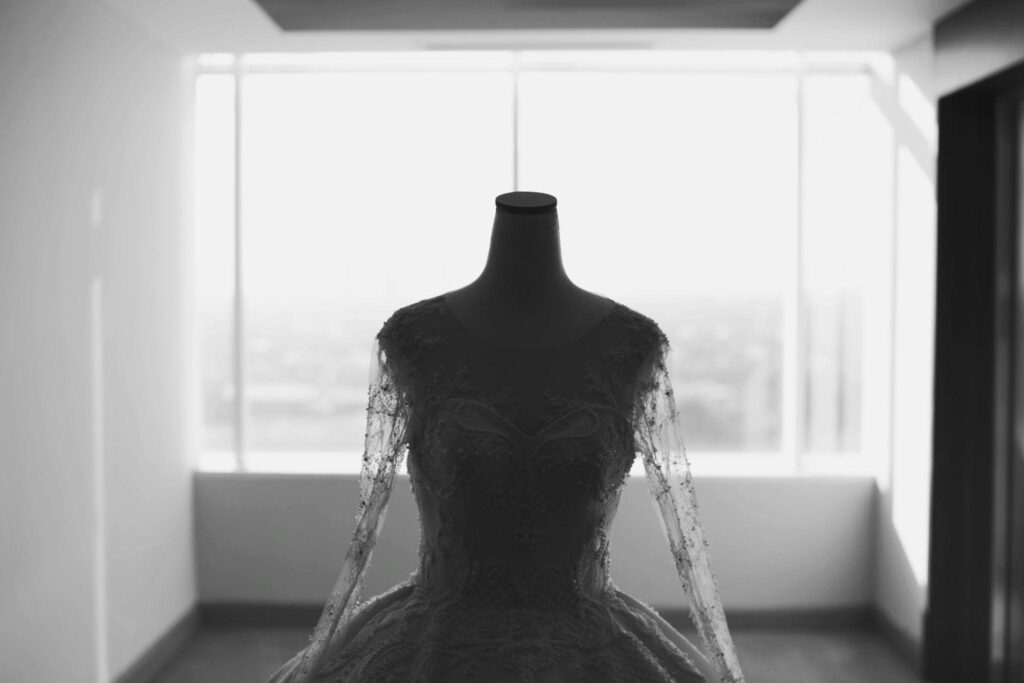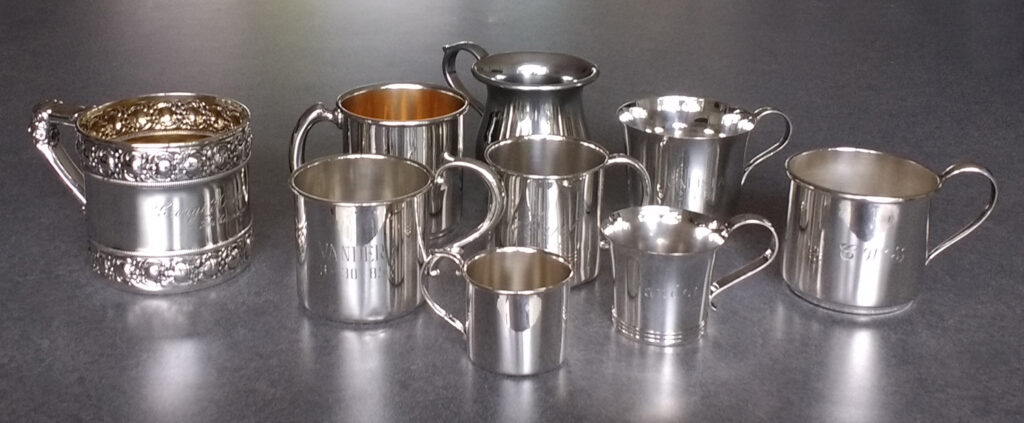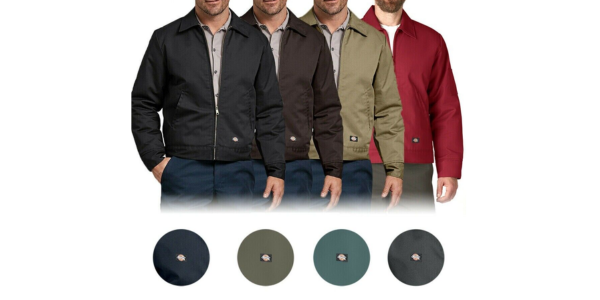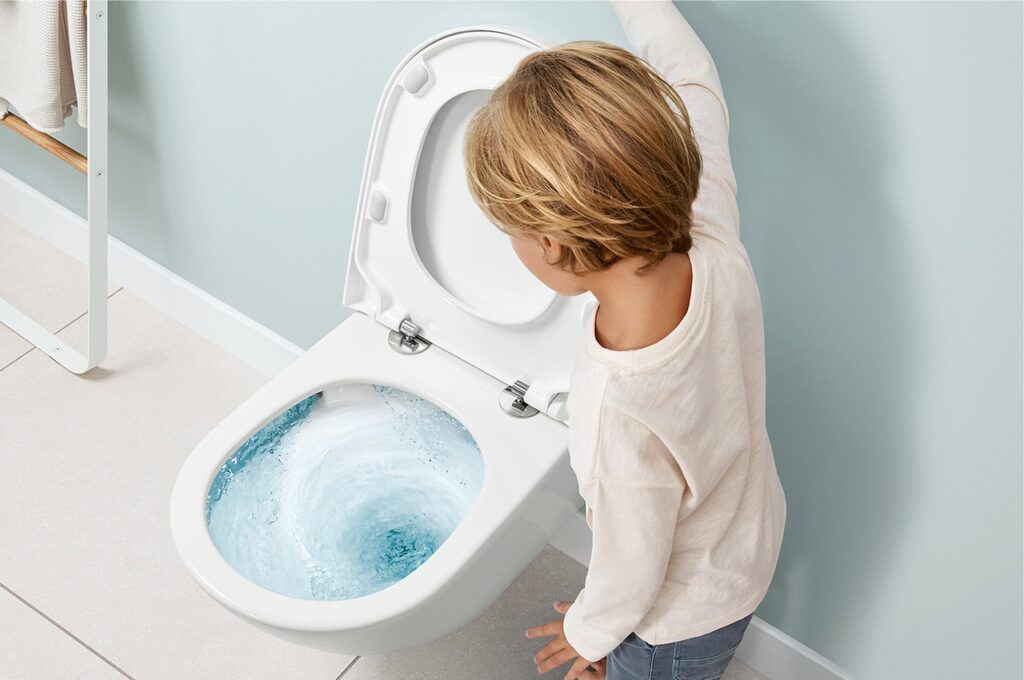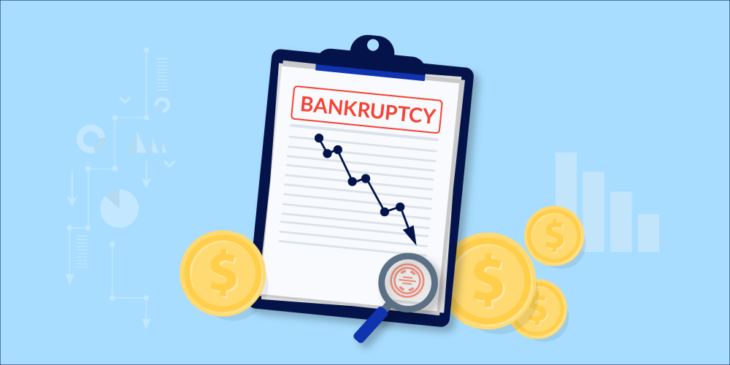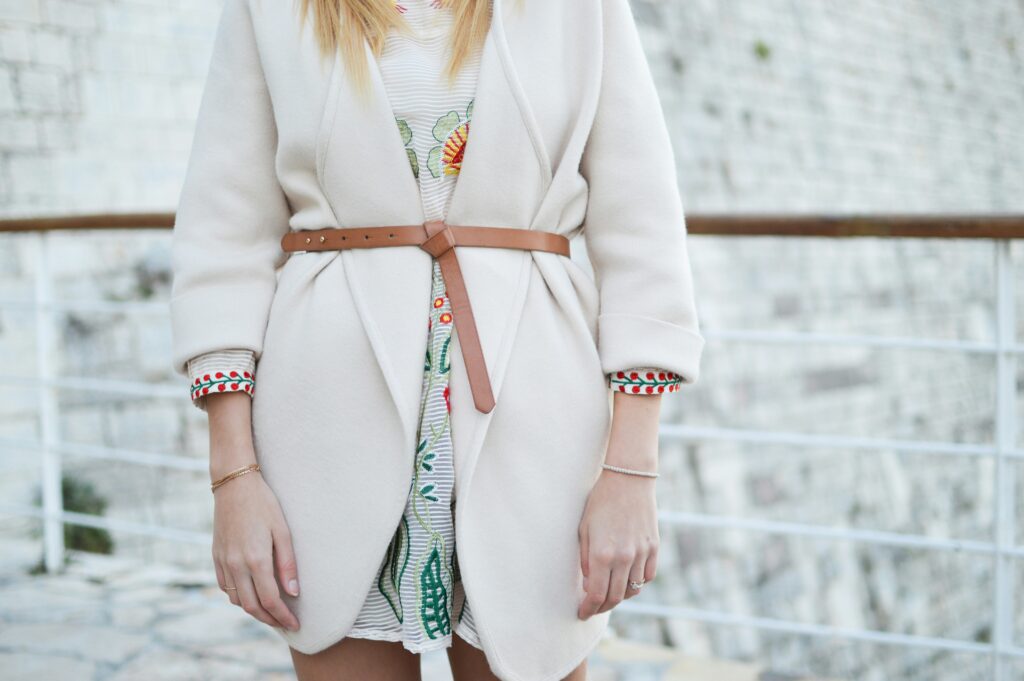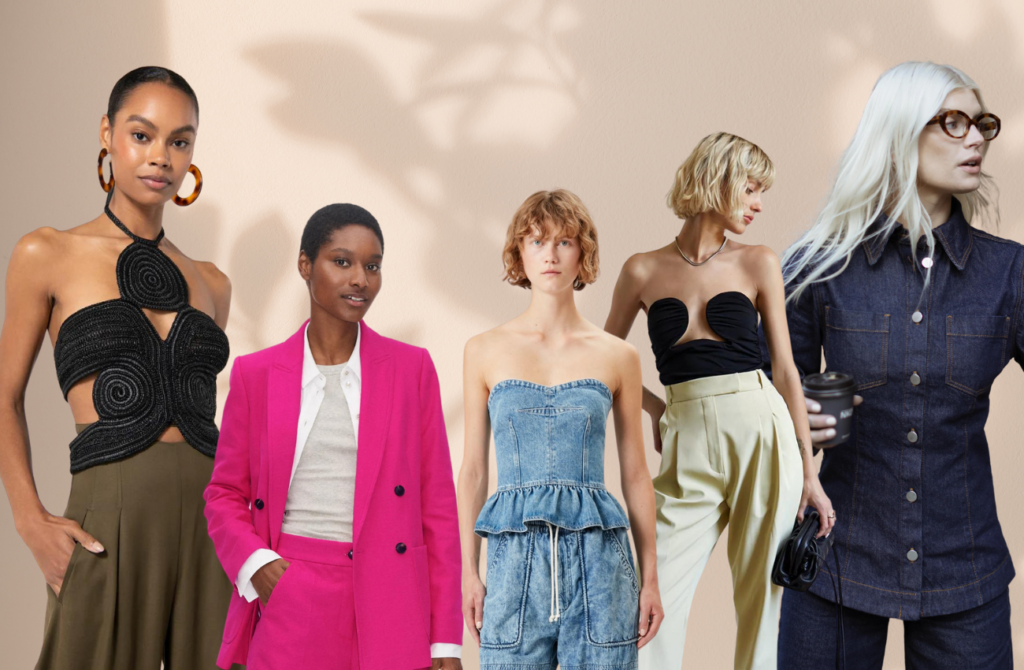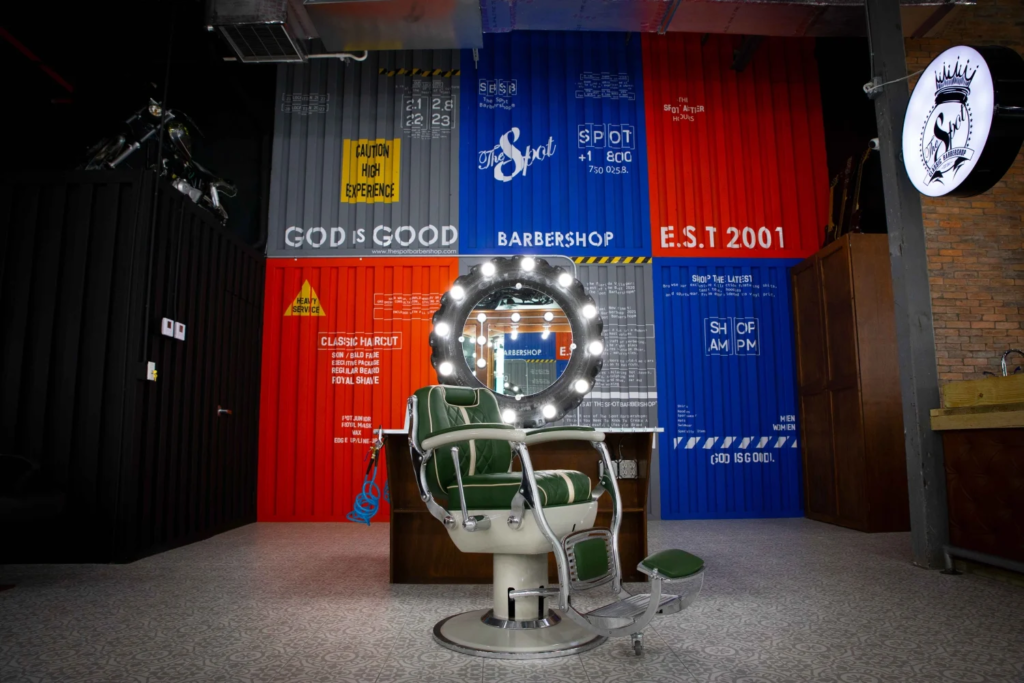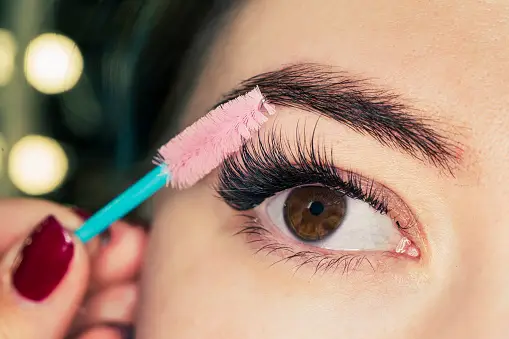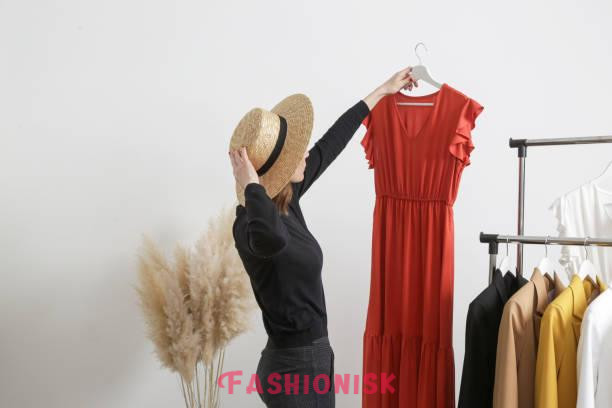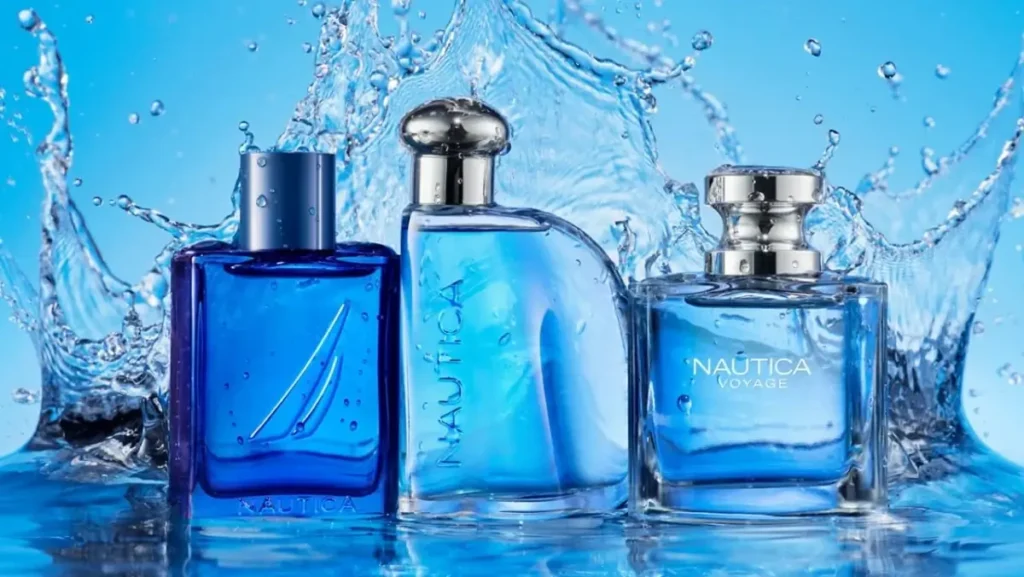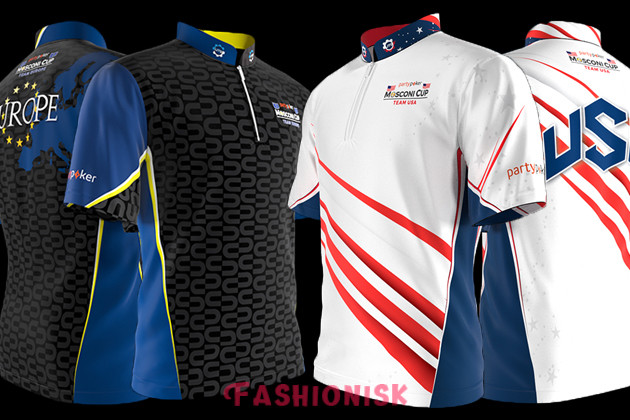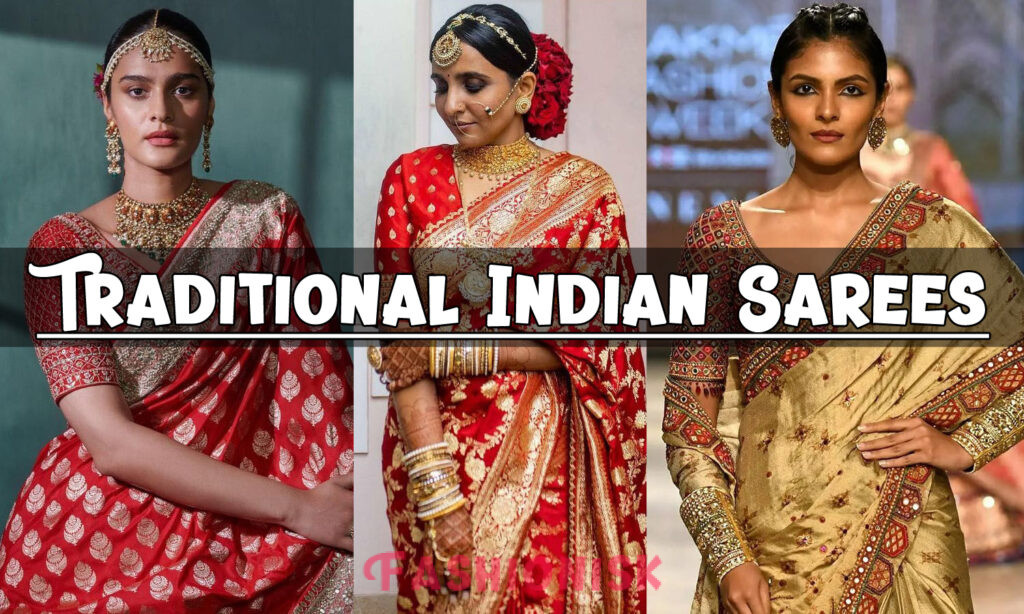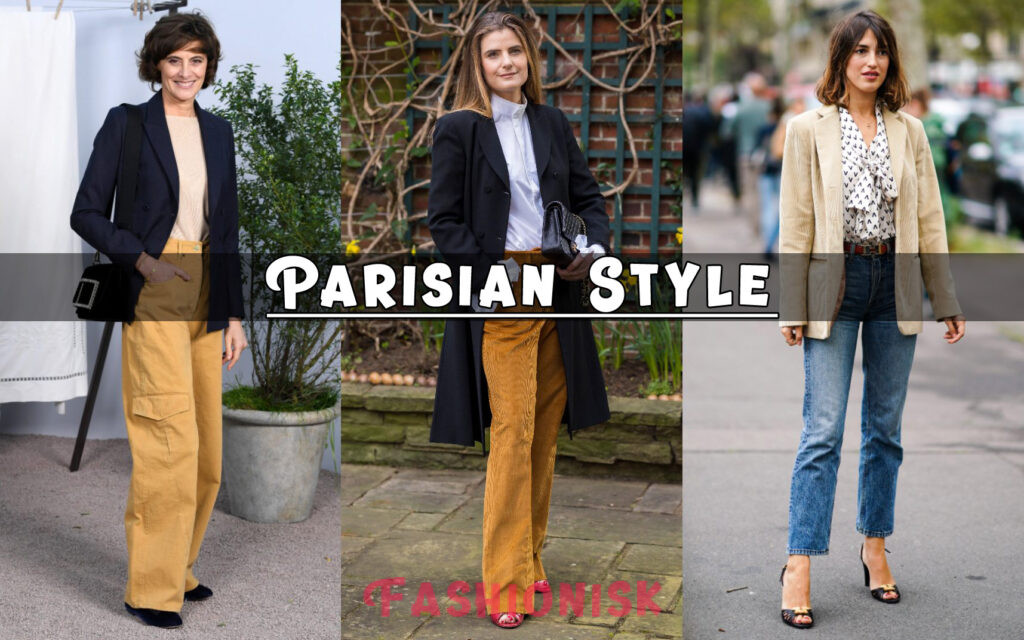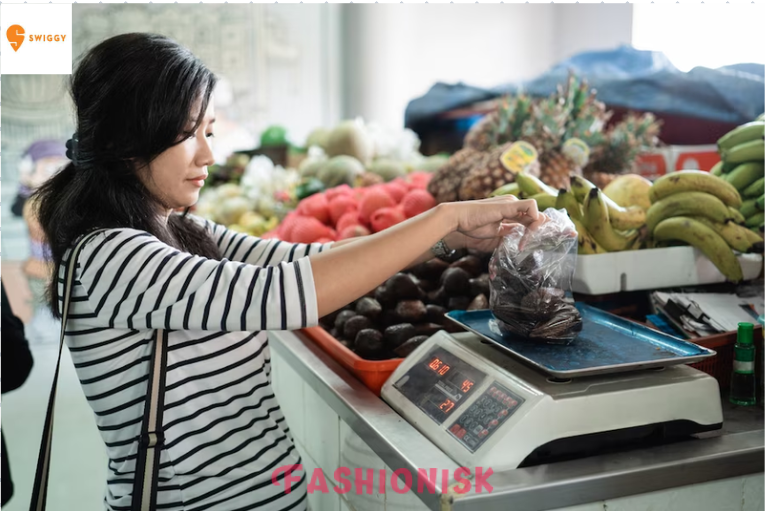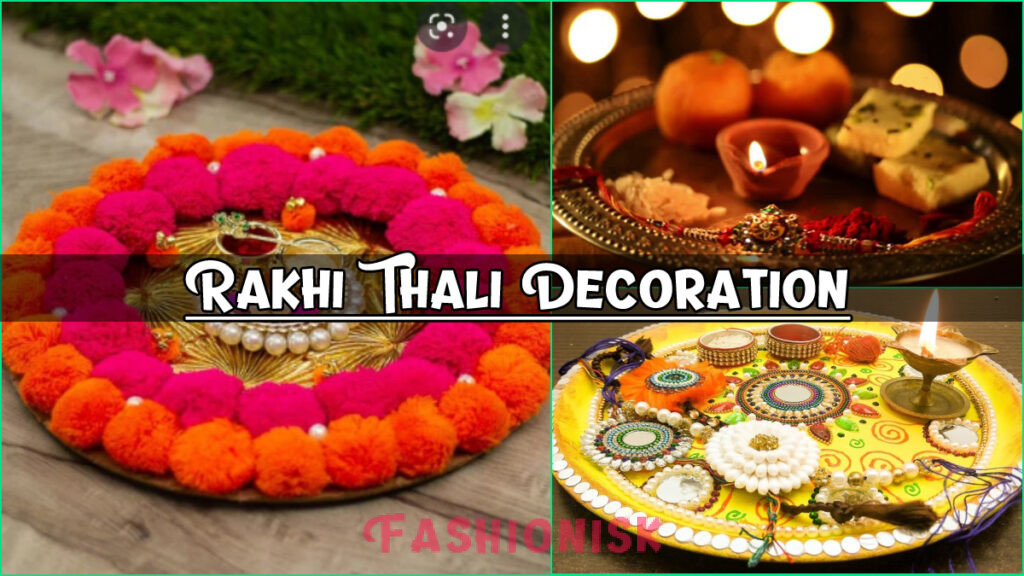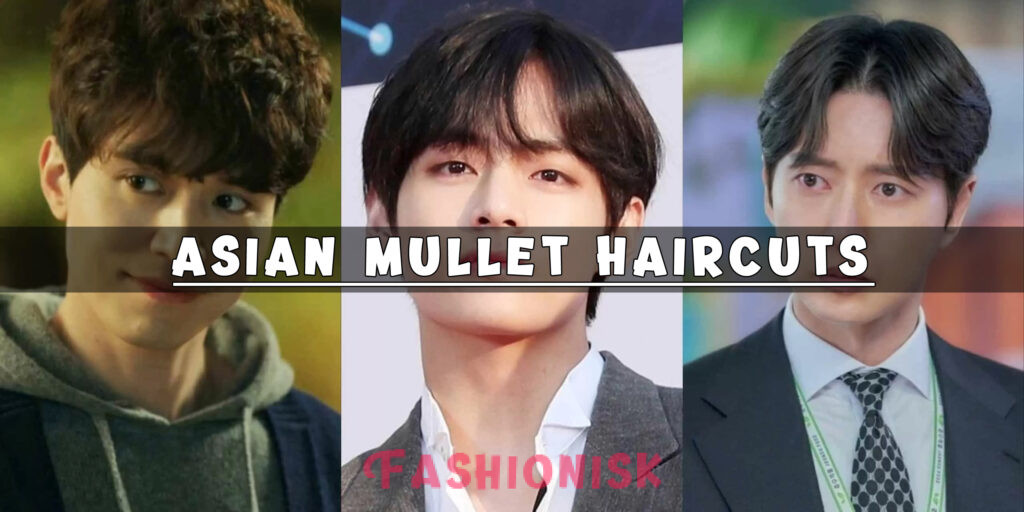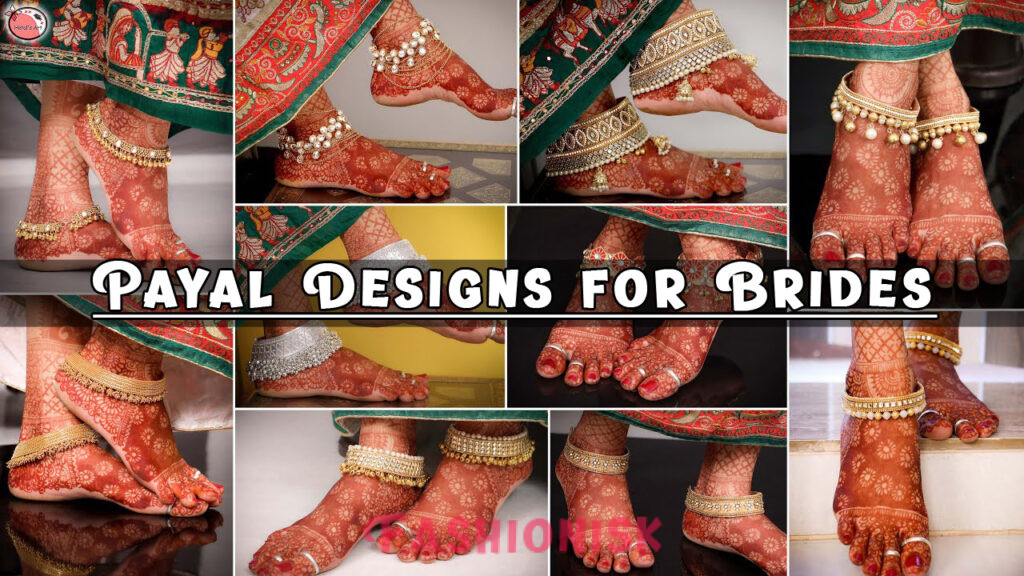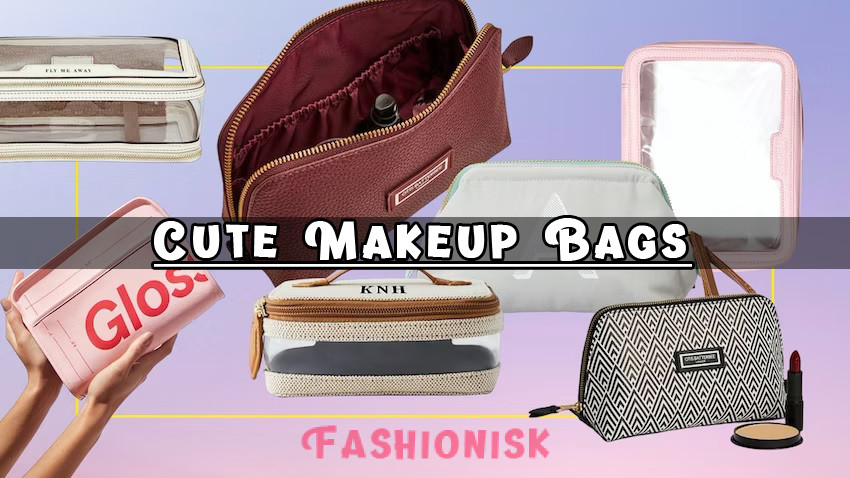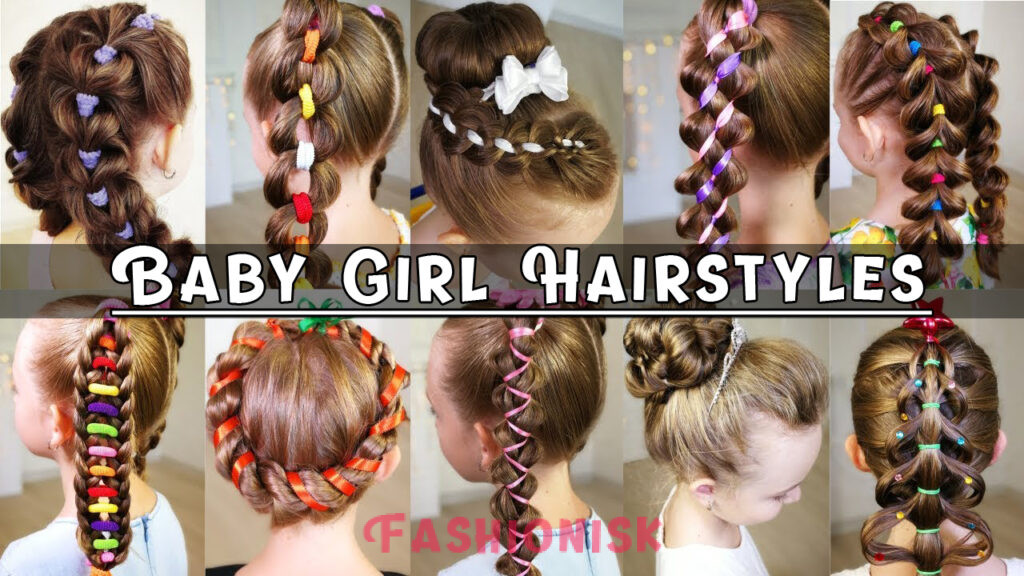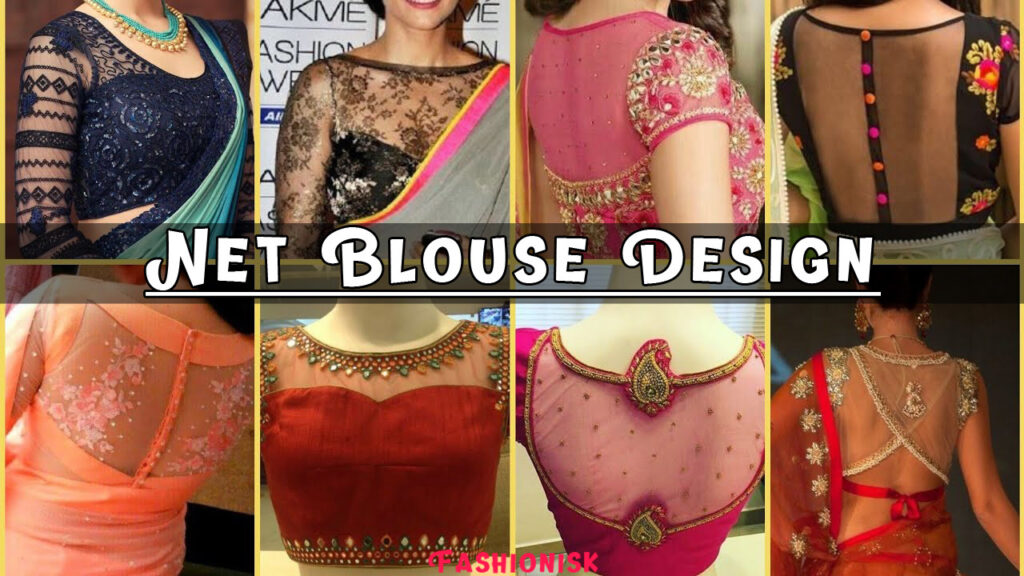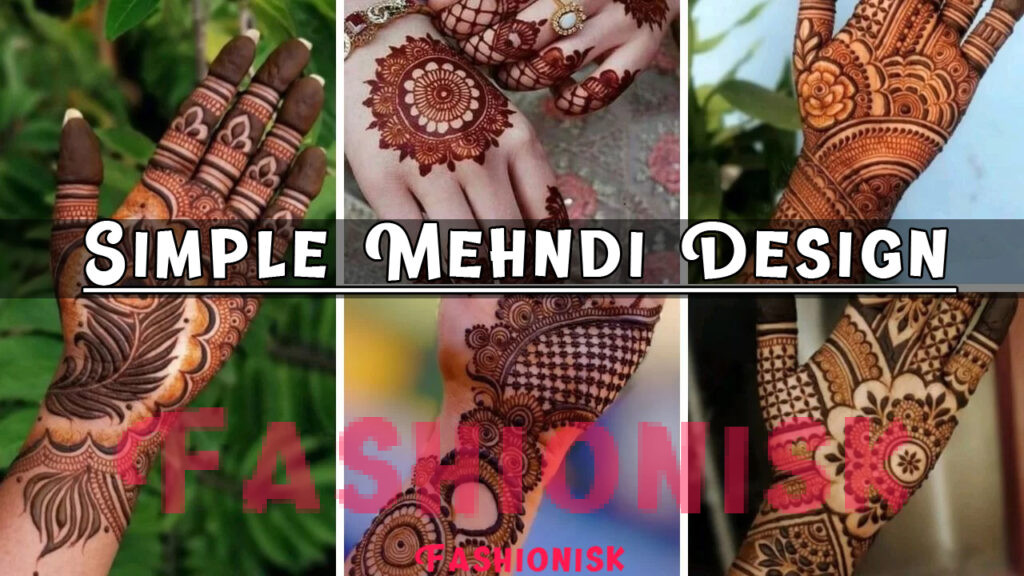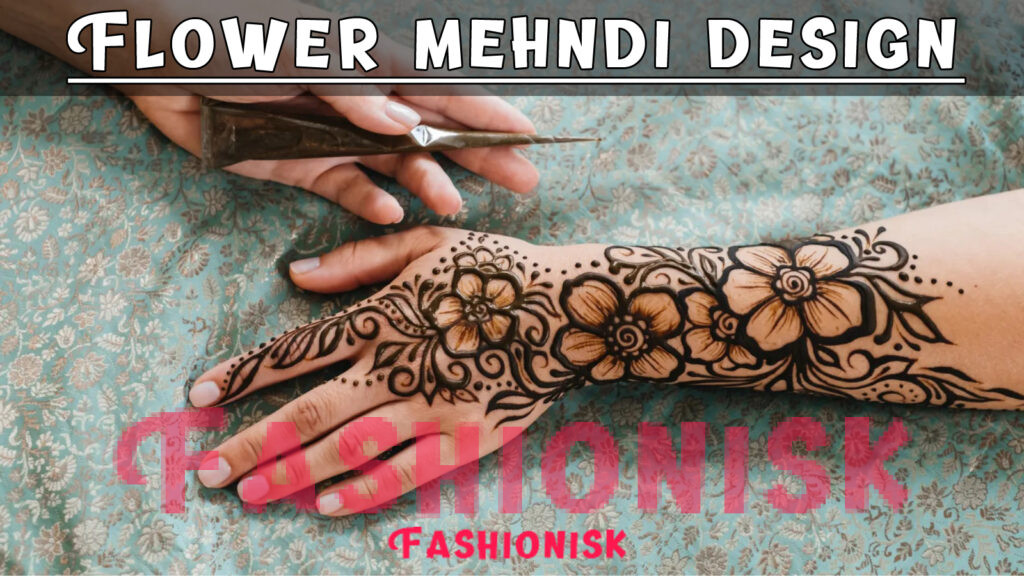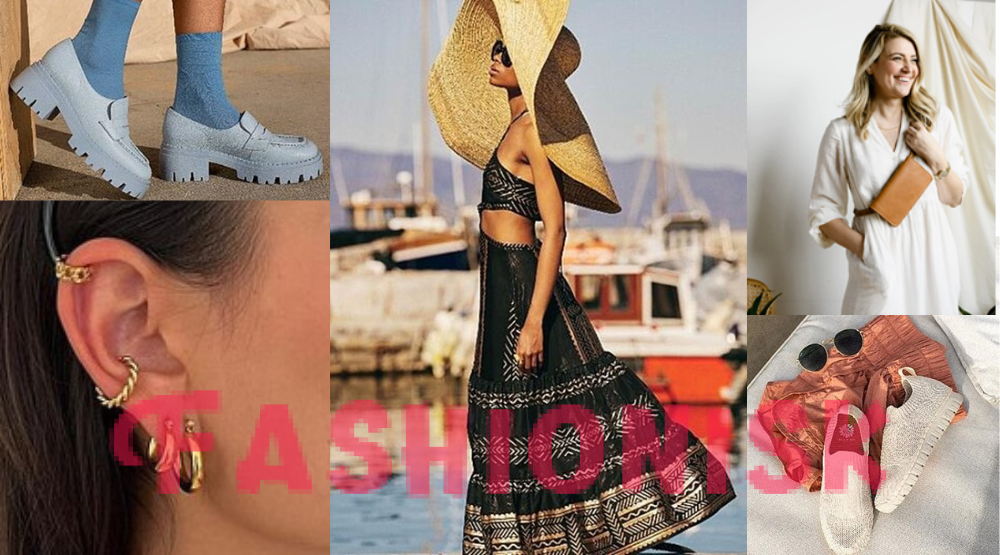Sustainable Packaging Solutions for a Conscious Fashion Industry

The fashion industry has long been a driver of global trends and an economic powerhouse, valued at over $1.7 trillion globally. However, this lucrative sector comes with significant environmental costs, from wasteful production methods to packaging that often ends up in landfills. As the world moves toward more sustainable practices, the concept of sustainable fashion packing has gained traction. This shift reflects a broader commitment by brands to align their packaging methods with the principles of sustainability, ethics, and environmental responsibility.
Custom boutique style paper bags is not just an afterthought—it is a crucial element of a brand’s identity, reflecting its dedication to conscious consumption. This article explores the rising importance of sustainable packaging in the fashion industry, its market potential, and the innovative solutions paving the way for a greener future.
The Need for Sustainability in Fashion Packaging
The fashion industry faces significant challenges related to its environmental footprint. Beyond the environmental toll of producing garments, the packaging materials used to ship, display, and sell fashion items often contribute to the growing global waste crisis.
Plastic, for instance, remains one of the most common materials in traditional packaging. According to the UNEP, about 300 million tons of plastic waste are generated annually, with a large portion coming from industries like fashion. The packaging waste includes polybags, garment bags, and protective wrappings used for e-commerce and retail, much of which is non-biodegradable.
The surge in online shopping, accelerated by the COVID-19 pandemic, has exacerbated the issue. Fashion e-commerce now accounts for 29% of total retail e-commerce sales worldwide. This growth has intensified the demand for single-use packaging materials, raising concerns about sustainability and resource consumption. Addressing these issues is no longer optional but essential for fashion brands striving to remain relevant and responsible.
Fashion Industry Market Size
The fashion industry is not only one of the most influential global sectors but also a key economic contributor. As of 2023, the industry is valued at $1.7 trillion, with projections indicating growth to $2.25 trillion by 2027, driven by rising consumer demand and the expansion of e-commerce.
E-commerce sales, which represented 20% of fashion’s revenue in 2019, are expected to surpass 30% by 2025. This growth underscores the increasing reliance on packaging, particularly for shipping and logistics. Within this growing market, the demand for sustainable solutions is rising, fueled by consumers’ heightened environmental awareness.
A survey conducted by Nielsen found that 73% of global consumers are willing to pay more for products with sustainable packaging. Moreover, younger generations, particularly millennials and Gen Z, are leading the demand for eco-friendly practices. As a result, incorporating sustainable fashion packing has become a competitive advantage for brands seeking to capture these markets while addressing environmental concerns.
What is Sustainable Fashion Packaging?
Sustainable fashion packing refers to the use of environmentally friendly materials and methods to package fashion items. These solutions aim to reduce waste, minimize environmental impact, and promote circular economy principles, ensuring that materials are recycled, reused, or biodegradable.
Characteristics of Sustainable Packaging:
- Recyclable: Packaging made from materials that can be easily processed and reused.
- Biodegradable or Compostable: Materials that decompose naturally without harming the environment.
- Reusable: Packaging designed for multiple uses, such as fabric bags or durable boxes.
- Minimalist Design: Reducing unnecessary materials to lower waste.
Popular materials include recycled paper, plant-based plastics, compostable alternatives like cornstarch, and natural fibers such as hemp or bamboo.
Innovations in Sustainable Packaging
Innovation in sustainable fashion packing is reshaping the way brands approach packaging. Companies are investing in creative, eco-friendly solutions that align with their sustainability goals.
Examples of Sustainable Packaging Solutions:
- Recycled Cardboard Boxes: Brands like Patagonia use fully recycled boxes to ship their products, ensuring minimal environmental impact.
- Reusable Packaging Systems: Companies like RePack offer reusable mailing solutions that can be returned, cleaned, and reused.
- Plantable Packaging: Tags and boxes embedded with seeds, such as those used by Tinfish, allow consumers to grow plants from their waste.
- Bio-based Plastics: Derived from renewable resources like sugarcane or algae, these plastics are more sustainable than petroleum-based alternatives.
Luxury fashion brands are also joining the movement. For instance, Gucci uses FSC-certified paper for its packaging and has eliminated single-use plastics in its operations.
Benefits of Sustainable Fashion Packaging
Adopting sustainable fashion packing offers numerous advantages for both brands and the environment:
- Environmental Impact Reduction
Sustainable packaging minimizes the use of virgin materials and reduces waste, lowering the industry’s overall carbon footprint. - Consumer Appeal
With 70% of consumers prioritizing eco-friendly packaging, brands can attract and retain environmentally conscious buyers by adopting sustainable practices. - Regulatory Compliance
Governments worldwide are implementing stricter regulations on packaging waste, such as the EU’s Single-Use Plastics Directive. Transitioning to sustainable options helps brands comply with these laws. - Cost Savings
Although eco-friendly materials may have higher upfront costs, they often result in long-term savings through improved efficiency, reduced waste disposal costs, and enhanced brand loyalty.
Challenges and Market Opportunities
Despite the clear benefits, transitioning to sustainable packaging presents challenges. These include higher material costs, limited availability of eco-friendly alternatives, and the need for new supply chain systems. However, these challenges also present opportunities for brands to innovate and lead in this space.
Market Growth
The global sustainable packaging market was valued at $274.15 billion in 2020 and is projected to reach $469.49 billion by 2027, growing at a CAGR of 5.7%. Fashion brands are significant contributors to this growth, driven by regulatory pressures, consumer demand, and their own sustainability commitments.
Leading Brands in Sustainable Fashion Packaging
Several fashion brands are pioneering sustainable packaging initiatives:
- Everlane
Known for its commitment to transparency, Everlane uses fully recyclable poly bags and cardboard boxes in its operations. - H&M
As part of its Conscious Collection, H&M has pledged to use 100% sustainable packaging by 2030. - Stella McCartney
The brand incorporates biodegradable bags and recycled paper into its packaging strategy, reflecting its broader sustainability mission. - Zara
Zara has eliminated plastic bags in its stores and transitioned to paper packaging, aiming to be fully sustainable by 2025.
The Future of Sustainable Packaging in Fashion
The future of sustainable fashion packing lies in collaboration, innovation, and scaling eco-friendly solutions. Advancements in materials science, such as algae-based plastics and mushroom-derived packaging, promise exciting new possibilities.
Digital tools, such as QR codes integrated into packaging, can educate consumers about recycling and reuse, enhancing the lifecycle of materials. Moreover, partnerships between brands, governments, and non-profits will play a crucial role in creating standardized practices and driving adoption.
Conclusion
The journey toward sustainability in the fashion industry involves addressing every aspect of the value chain, including packaging. Sustainable fashion packing is no longer a mere trend but a vital component of a brand’s sustainability strategy. By embracing eco-friendly materials, innovative solutions, and circular economy principles, fashion brands can reduce their environmental impact while appealing to the growing market of conscious consumers.
As the demand for sustainable practices continues to rise, brands that prioritize sustainable packaging will be well-positioned to lead the industry into a greener, more ethical future. Sustainable packaging not only aligns with the environmental goals of the industry but also represents a powerful way for brands to connect with their values-driven customers.


